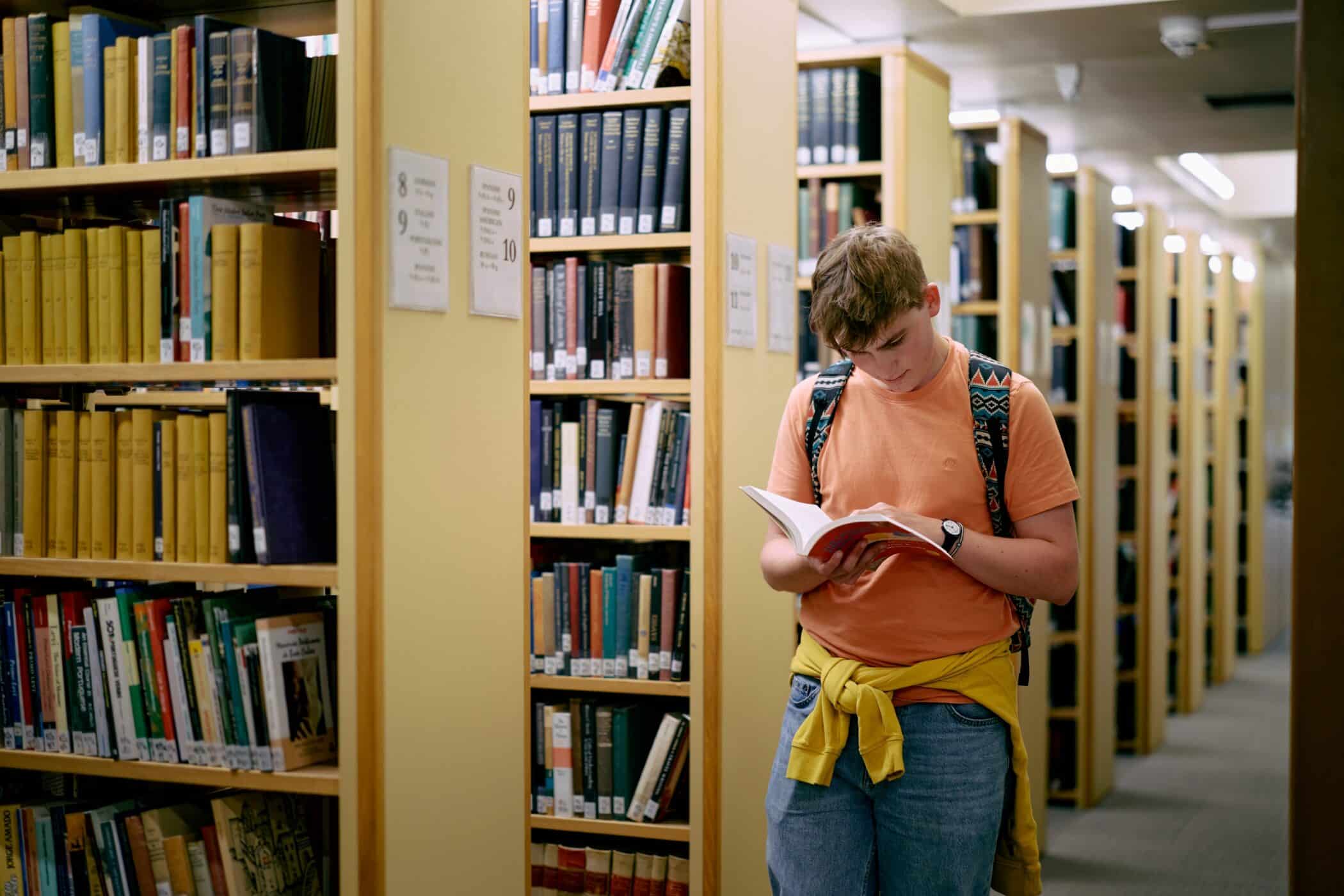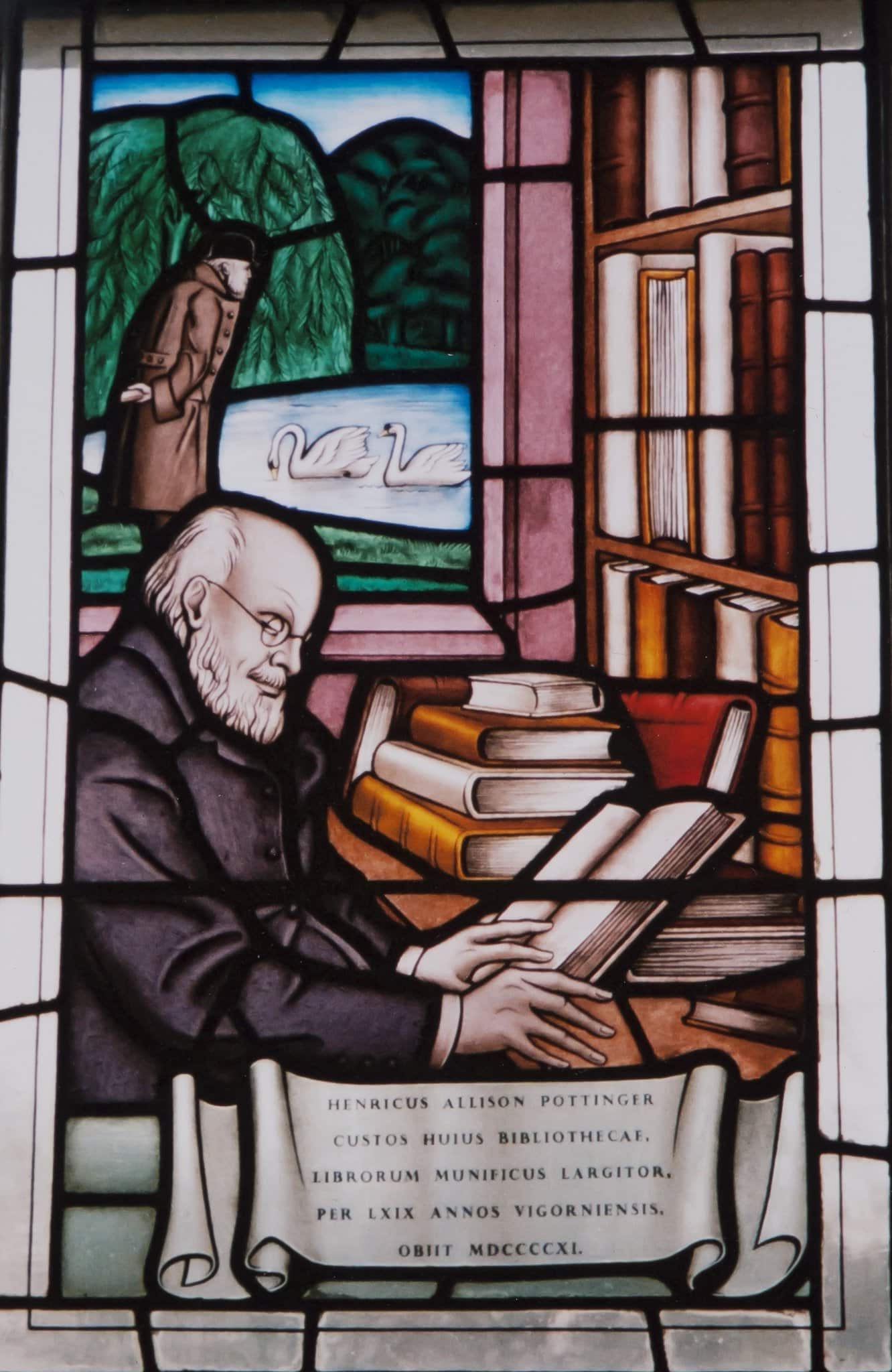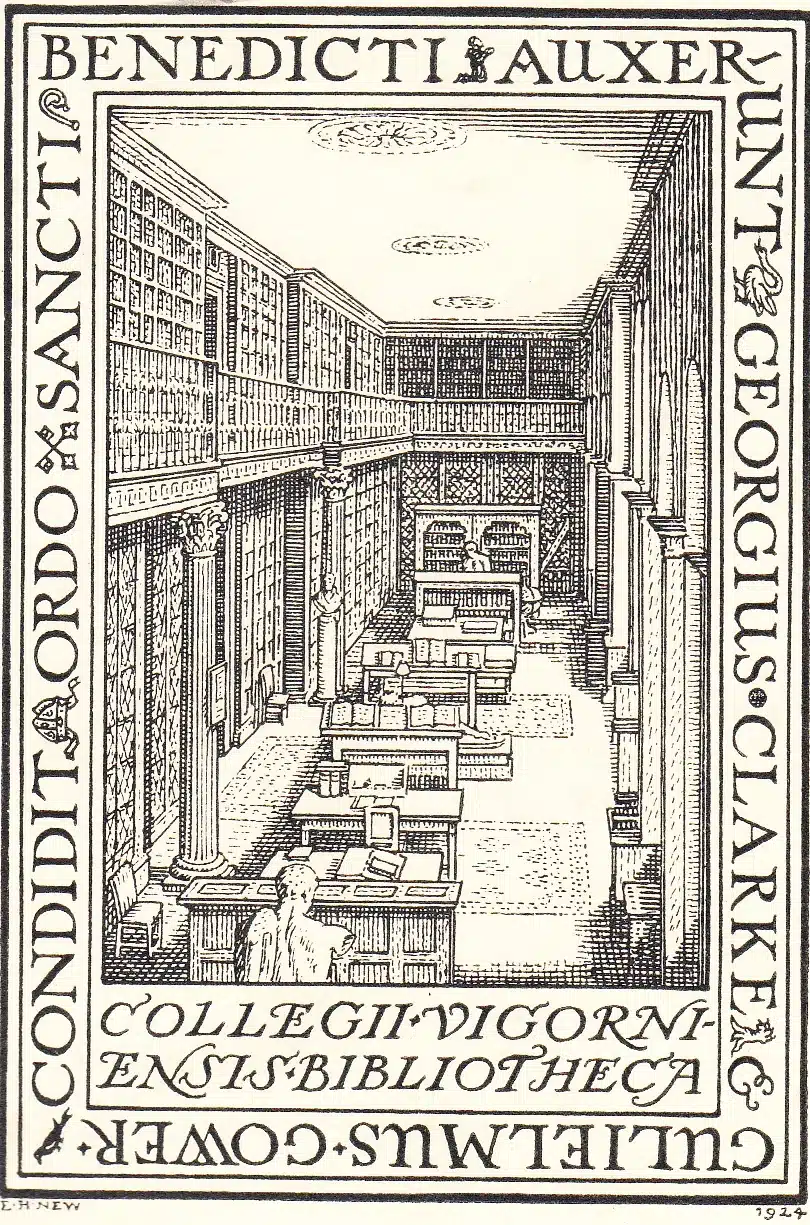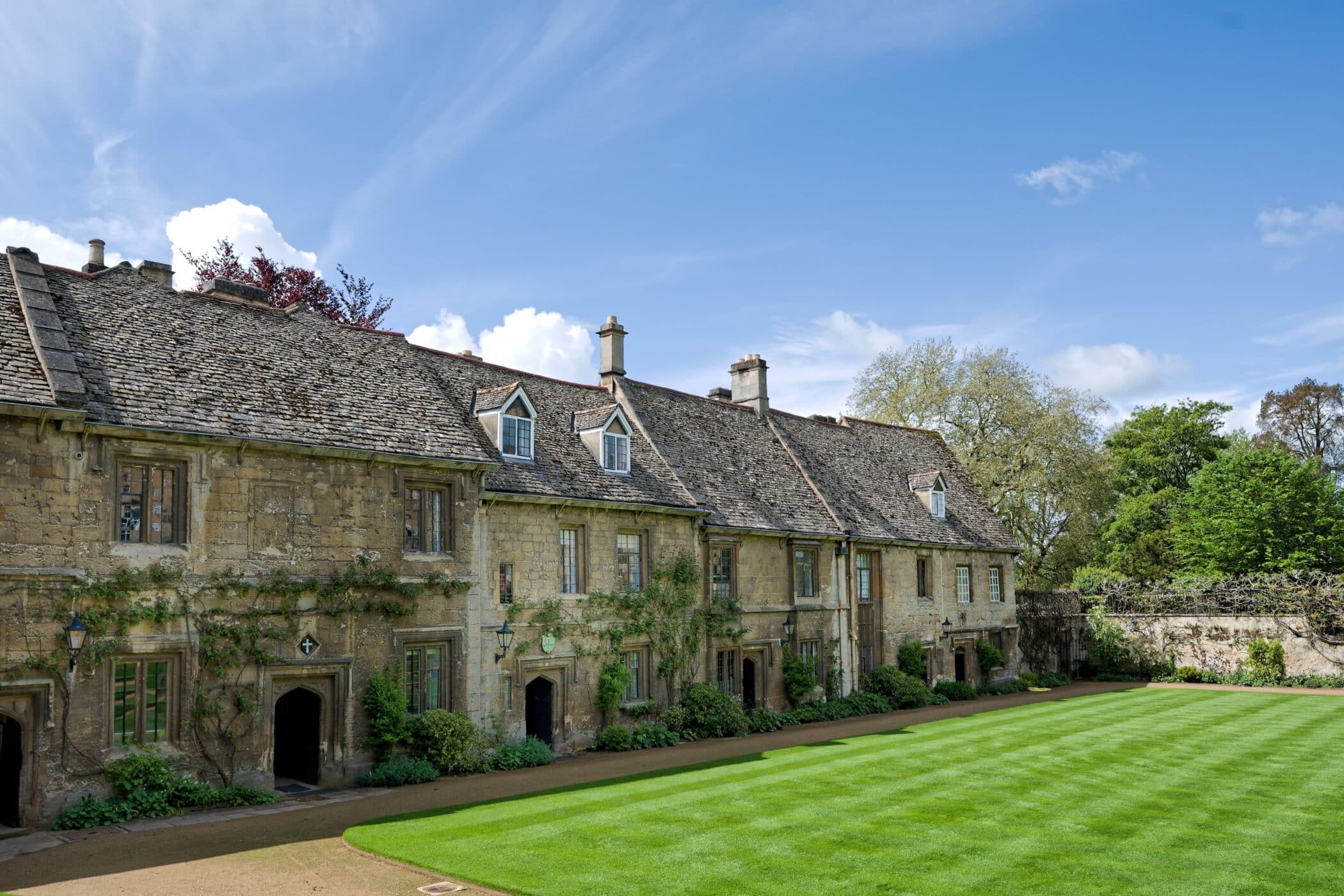Explore some of the recent books published by our community of researchers.
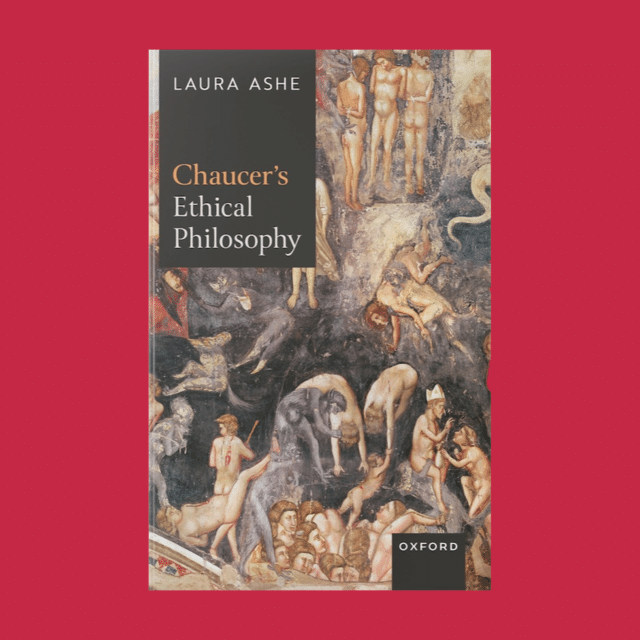
Chaucer's Ethical Philosophy
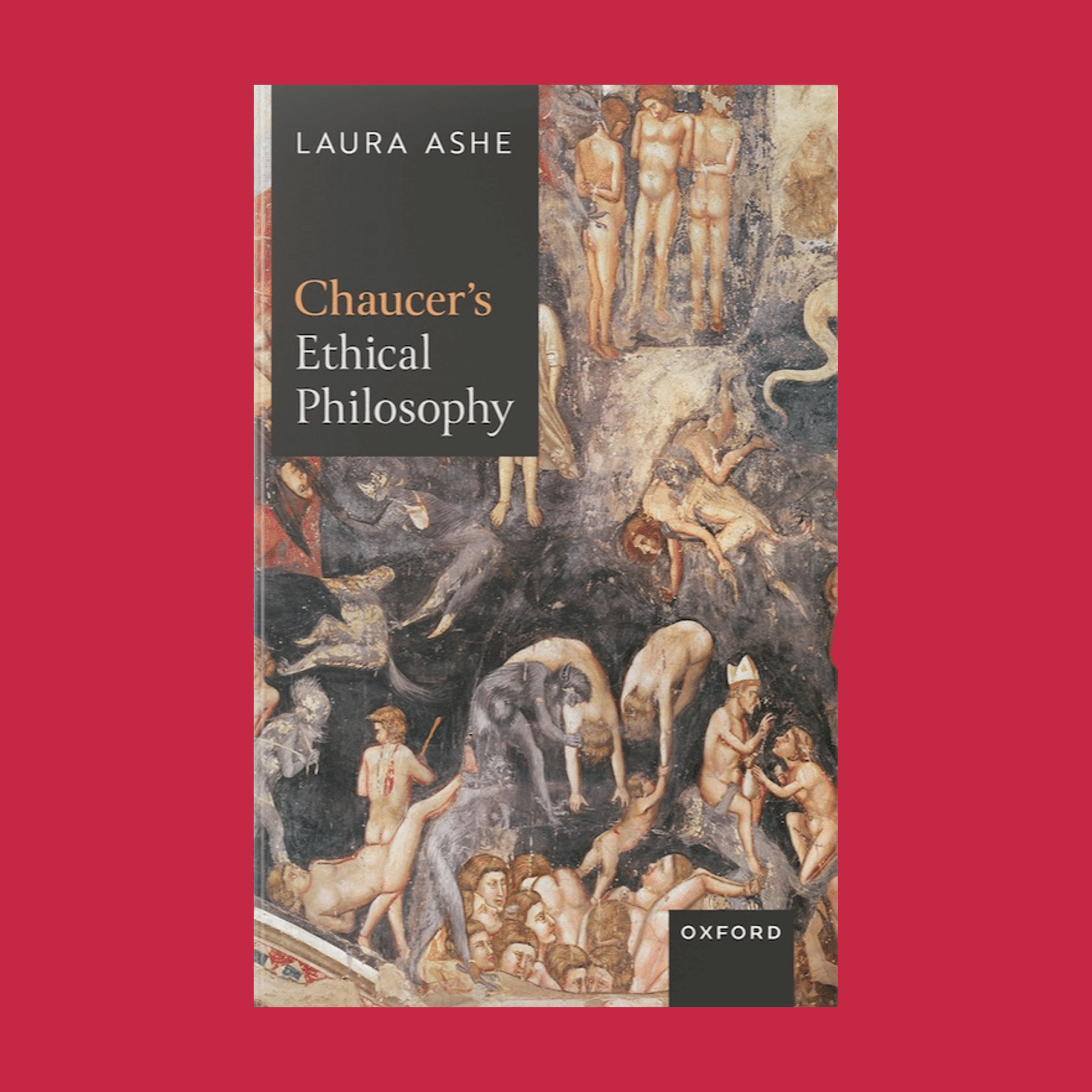
Chaucer's Ethical Philosophy
By Professor Laura Ashe, David Woods Kemper Family Fellow & Tutor in English
Chaucer’s Ethical Philosophy reads Chaucer in new ways, revealing his deep engagement with the most urgent questions of modern political and ethical philosophy. The book offers original readings of Troilus and Criseyde, the Canterbury Tales, and the Book of the Duchess, placing Chaucer in close dialogue not only with medieval philosophy and theology, and his great European literary sources (Boccaccio, Dante, Guillaume de Machaut), but also with some major figures and concepts of modern philosophical thought (Hegel, Levinas, Wittgenstein, Butler; recognition, subjectivity, gender). It thereby illuminates his use of distinctively medieval forms and structures of narrative to explore ideas and develop philosophies that we have been conditioned to think of as exclusively modern. Chaucer’s fictional experiments are shown to be as philosophically complex and ethically powerful as anything in current thought.
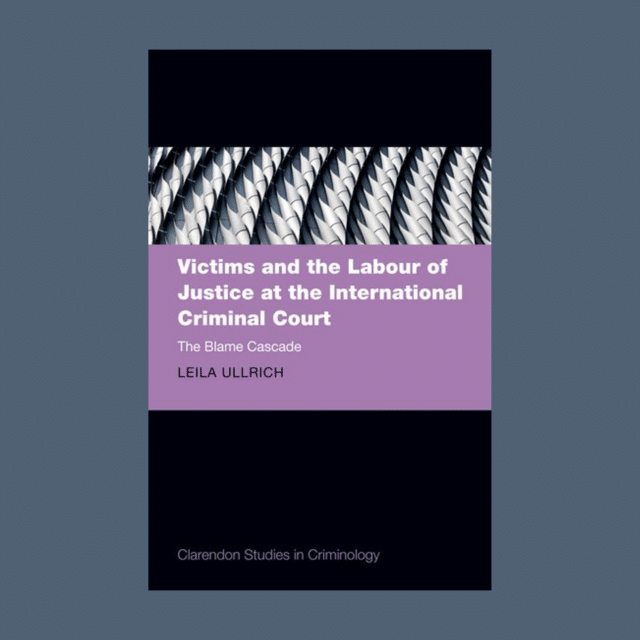
Victims and the Labour of Justice at the International Criminal Court: The Blame Cascade
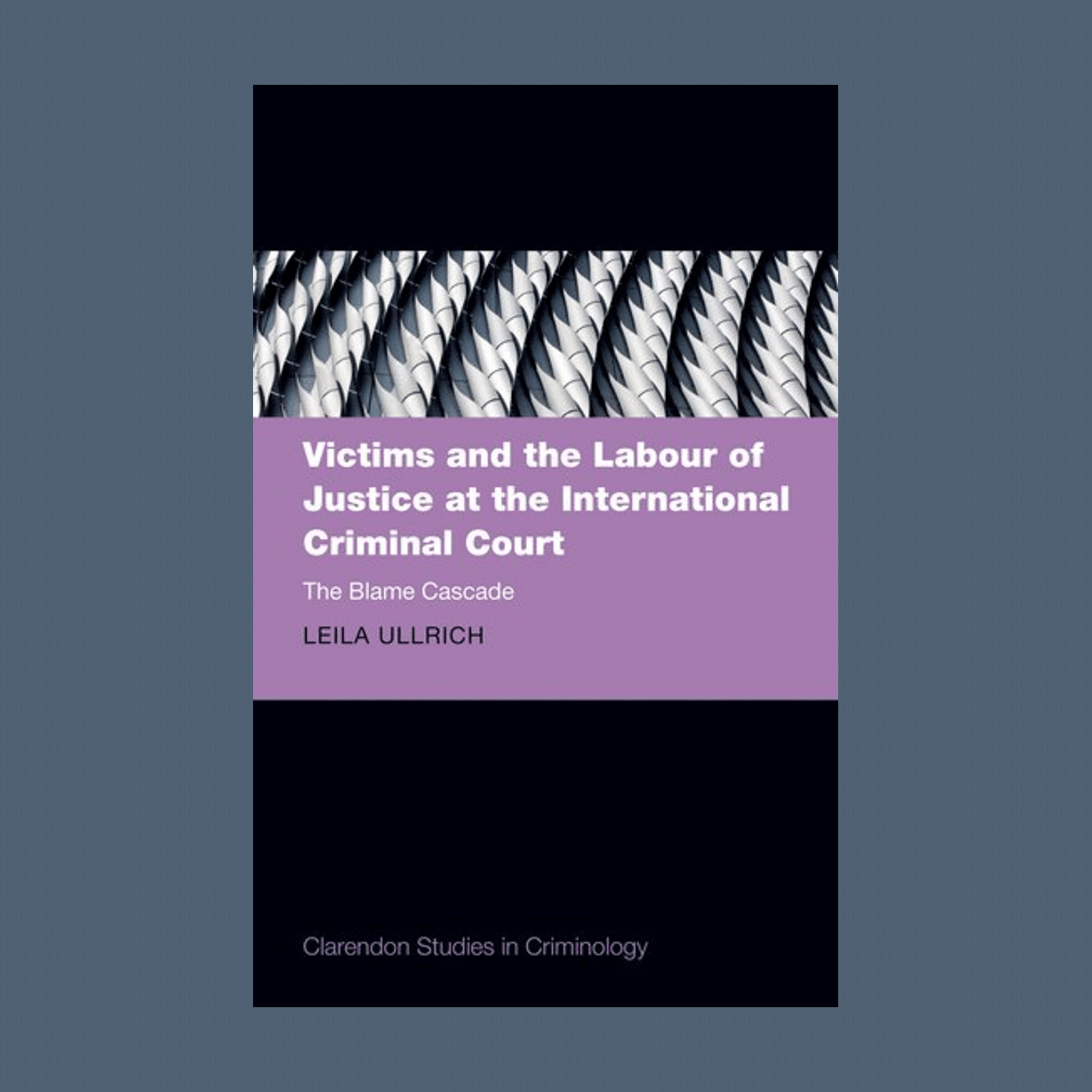
Victims and the Labour of Justice at the International Criminal Court: The Blame Cascade
By Dr Leila Ullrich, Supernumerary Fellow & Equalities Fellow
Victim participation at the ICC has routinely been viewed as an empty promise of justice or mere spectacle for audiences in the Global North, providing little benefit for victims. Why, then, do people in Kenya and Uganda engage in justice processes that offer so little, so late? How and why do they become the court’s victims and intermediaries, and what impact do these labels have on them?
Victims and the Labour of Justice at the International Criminal Court offers a response to these poignant questions, demonstrating that the notion of ‘justice for victims’ is not merely symbolic, expressive, or instrumental. On the contrary — the book argues — the ICC’s methods of victim engagement are productive, reproducing the Court as a relevant institution and transforming victims in the Global South into highly gendered and racialized labouring subjects. Challenging the Court’s interplay with global capitalist relationships, the book makes visible the hidden labour of justice, and how it lures, disciplines, and blames both victims and victims’ advocates.
Drawing on critical theory, criminological analysis, and multi-sited ethnographic fieldwork in The Hague, Kenya, and Uganda, Victims and the Labour of Justice at the International Criminal Court illuminates how the drive to include victims as participants in international criminal justice proceedings also creates and disciplines them as blameworthy capitalist subjects. Yet, as victim workers learn to ‘stop crying’, ‘be peaceful’, ‘get married’, ‘work hard’, and ‘repay debt’, they also begin to challenge the terms of global justice.
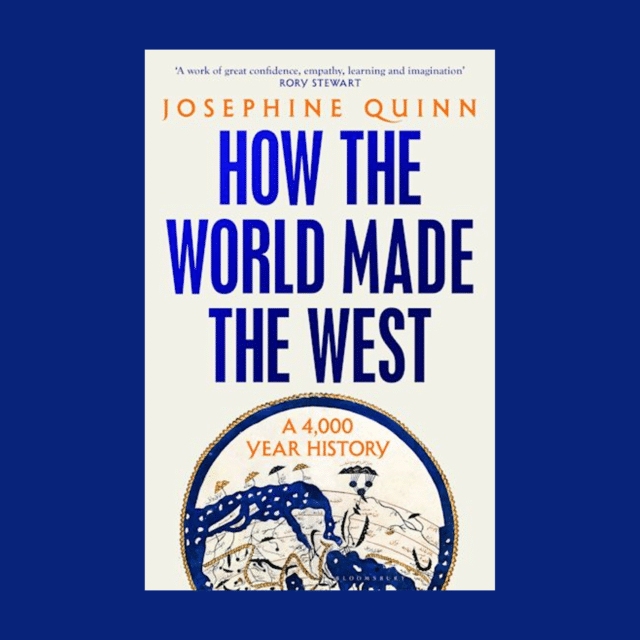
How the World Made the West: A 4,000 Year History

How the World Made the West: A 4,000 Year History
By Professor Josephine Crawley Quinn, Emeritus Fellow & Tutor in Ancient History
The West, the story goes, was built on the ideas and values of Ancient Greece and Rome, which disappeared from Europe during the Dark Ages and were then rediscovered by the Renaissance. But what if that isn’t true?
In a bold and magisterial work of immense scope, Josephine Quinn argues that the real story of the West is much bigger than this established paradigm leads us to believe. So much of our shared history has been lost, drowned out by the concept – developed in the Victorian era – of separate ‘civilisations’.
Moving from the Bronze Age to the Age of Exploration, How the World Made the West reveals a new narrative: one that traces the millennia of global encounters and exchange that built what is now called the West, as societies met, tangled and sometimes grew apart. From the creation of the alphabet by Levantine workers in Egypt, who in a foreign land were prompted to write things down in their own language for the first time, to the arrival of Indian numbers in Europe via the Arab world, Quinn makes the case that understanding societies in isolation is both out-of-date and wrong. It is contact and connections, rather than solitary civilisations, that drive historical change. It is not peoples that make history – people do.
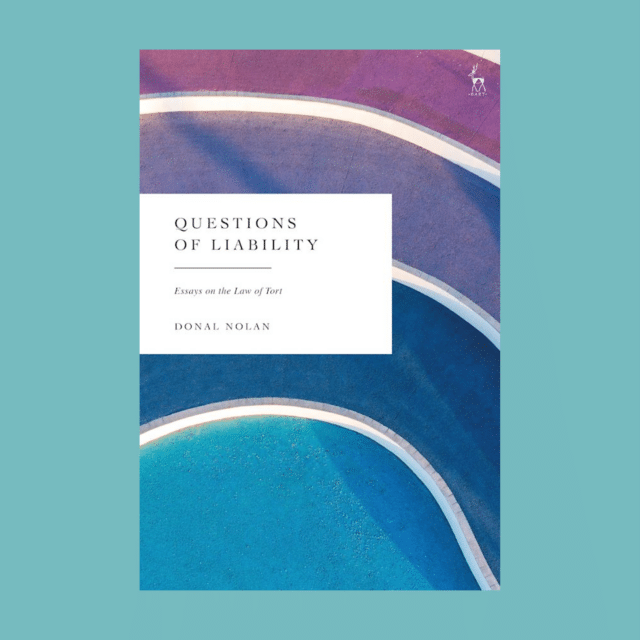
Questions of Liability: Essays on the Law of Tort
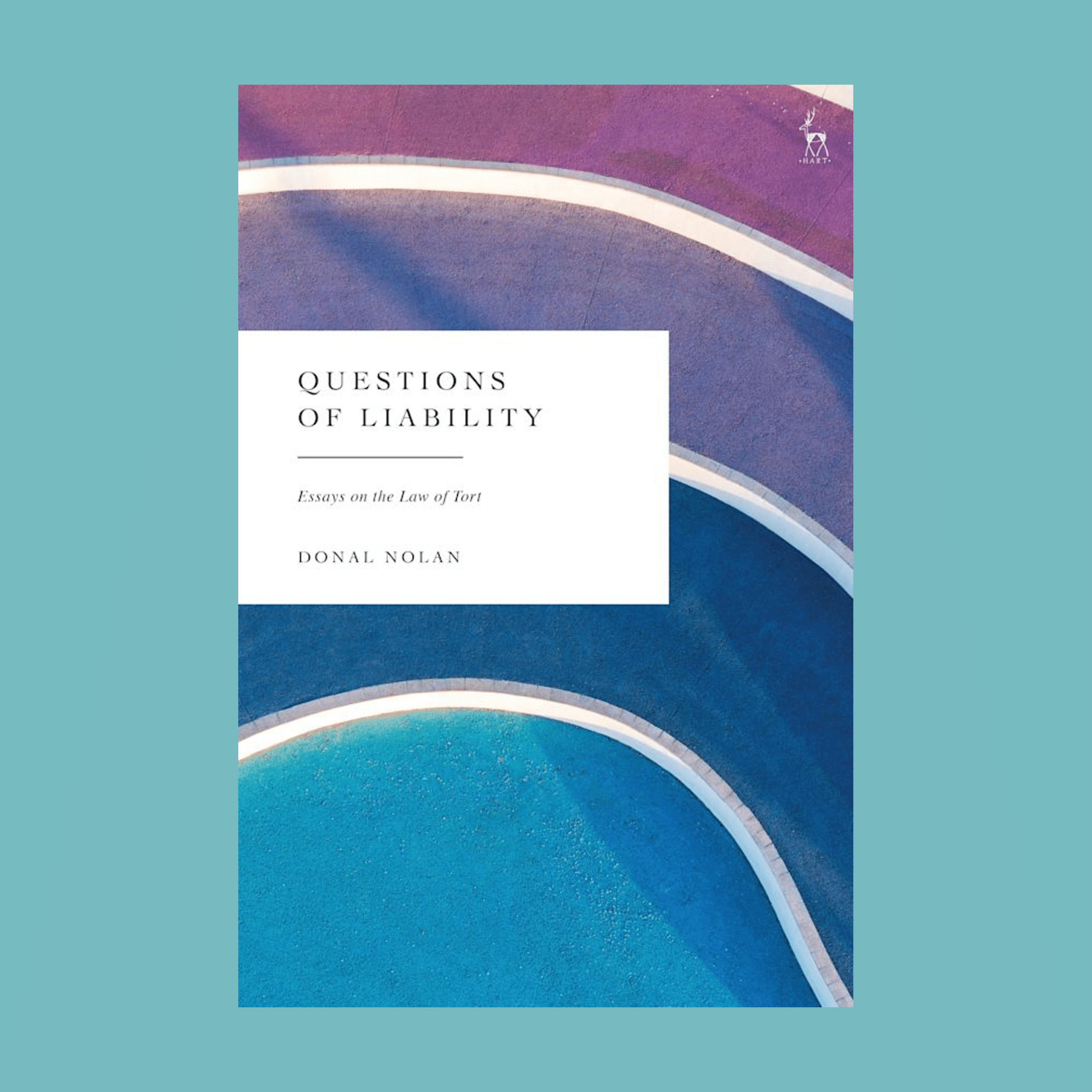
Questions of Liability: Essays on the Law of Tort
By Professor Donal Nolan, Francis Reynolds and Clarendon Fellow & Tutor in Law
In this collection, one of the key commentators on the modern law of tort presents twelve of his most important articles and book chapters. These are accompanied by an introductory chapter in which the author comments on the impact and reception of the pieces that make up the collection, and by a provocative new essay in which he argues against strict product liability in the law of tort. A coherent and compelling exploration of topical issues in core areas of tort law, the collection is divided into three parts, dealing with negligence; nuisance and Rylands v Fletcher; and tort in general. The essays in this collection are a significant contribution to debates about the limits and scope of tortious liability in common law systems. Students, scholars and practitioners alike will find it an invaluable resource for understanding tort law in the early 21st century.
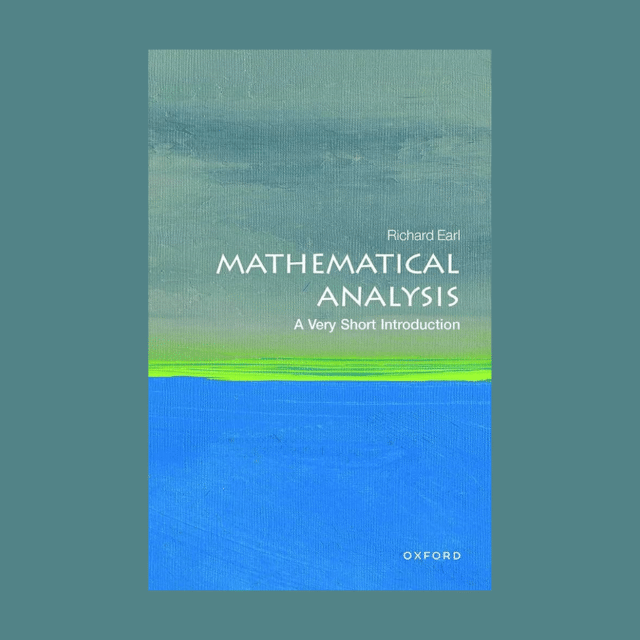
Mathematical Analysis: A Very Short Introduction
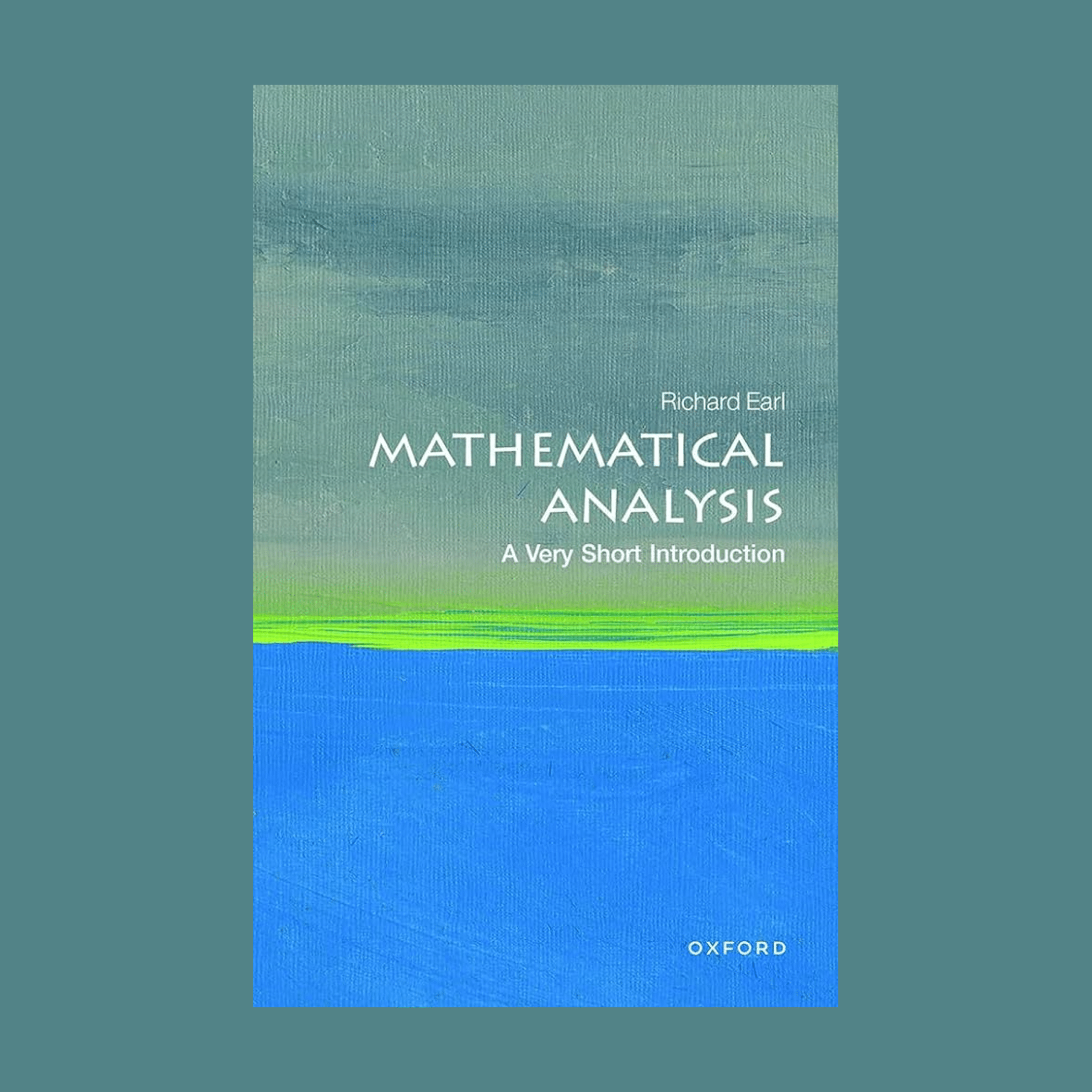
Mathematical Analysis: A Very Short Introduction
By Dr Richard Earl, Ben Delo Fellow & Tutor in Mathematics
The 17th-century calculus of Newton and Leibniz was built on shaky foundations, and it wasn’t until the 18th and 19th centuries that mathematicians–especially Bolzano, Cauchy, and Weierstrass–began to establish a rigorous basis for the subject. The resulting discipline is now known to mathematicians as analysis.
This book, aimed at readers with some grounding in mathematics, describes the nascent evolution of mathematical analysis, its development as a subject in its own right, and its wide-ranging applications in mathematics and science, modelling reality from acoustics to fluid dynamics, from biological systems to quantum theory.

The Earth Transformed: An Untold History
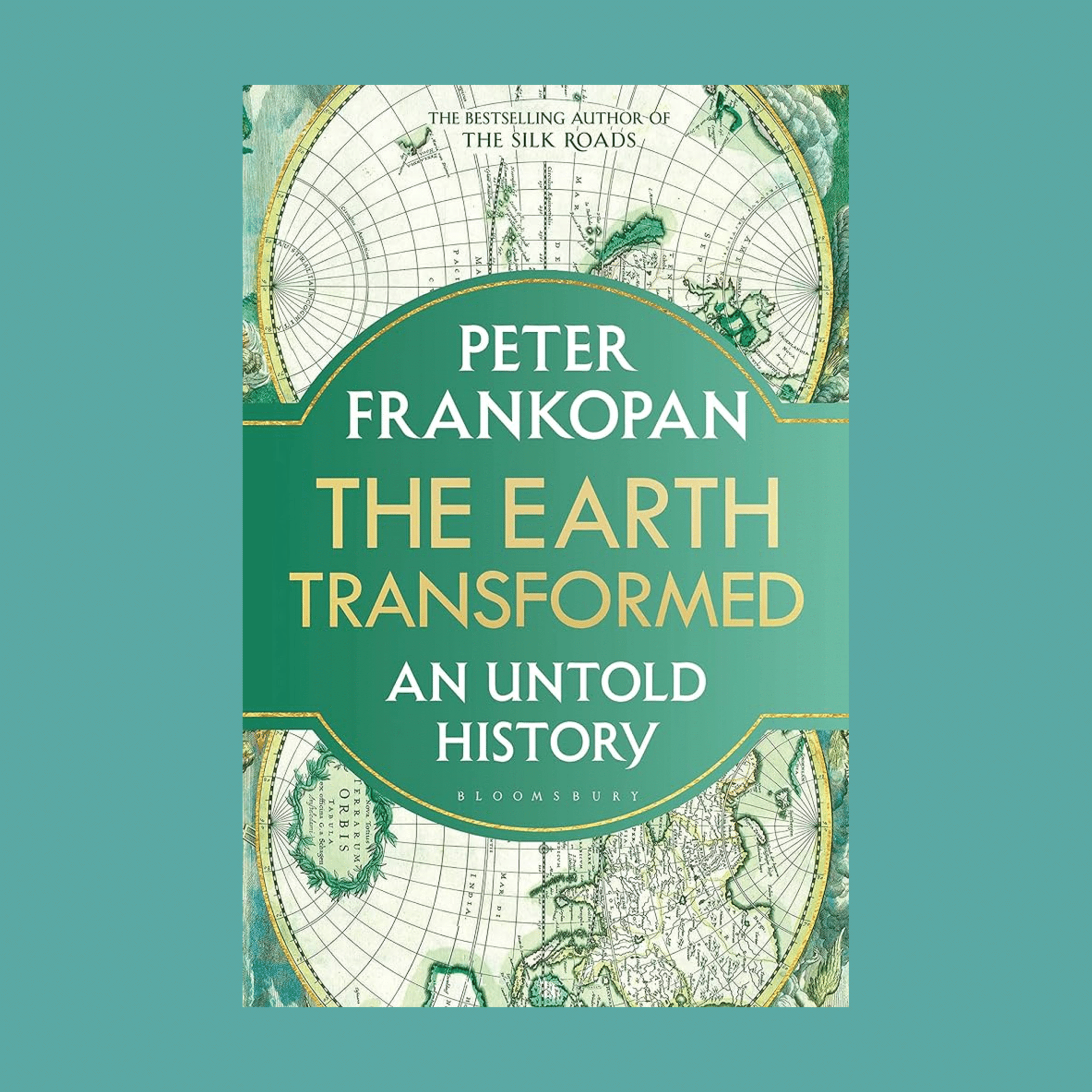
The Earth Transformed: An Untold History
By Professor Peter Frankopan, Senior Research Fellow
From the international bestselling author of The Silk Roads comes a major history of how a changing climate has dramatically shaped the development-and demise-of civilisations across time.
When we think about history, we rarely pay much attention to the most destructive floods, the worst winters, the most devastating droughts or the ways that ecosystems have changed over time.
In The Earth Transformed, Peter Frankopan, one of the world’s leading historians, shows that the natural environment is a crucial, if not the defining, factor in global history – and not just of humankind. Volcanic eruptions, solar activities, atmospheric, oceanic and other shifts, as well as anthropogenic behaviour, are fundamental parts of the past and the present. In this magnificent and groundbreaking book, we learn about the origins of our species: about the development of religion and language and their relationships with the environment; about how the desire to centralise agricultural surplus formed the origins of the bureaucratic state; about how growing demands for harvests resulted in the increased shipment of enslaved peoples; about how efforts to understand and manipulate the weather have a long and deep history. All provide lessons of profound importance as we face a precarious future of rapid global warming.
Taking us from the Big Bang to the present day and beyond, The Earth Transformed forces us to reckon with humankind’s continuing efforts to make sense of the natural world.
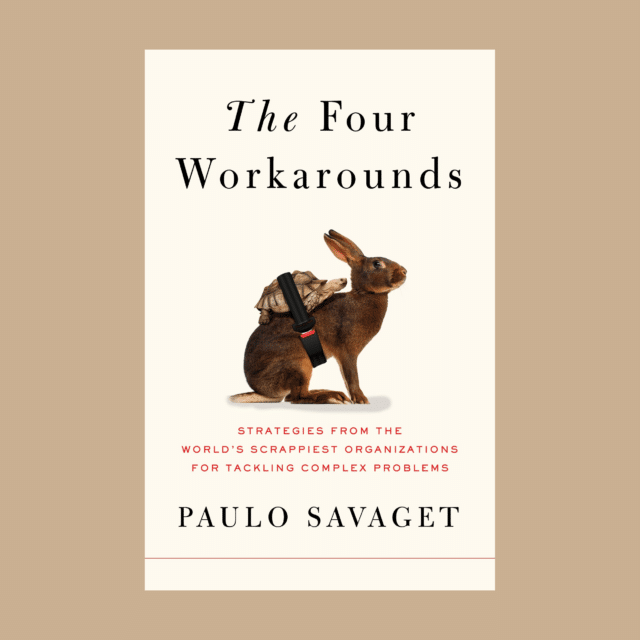
The Four Workarounds
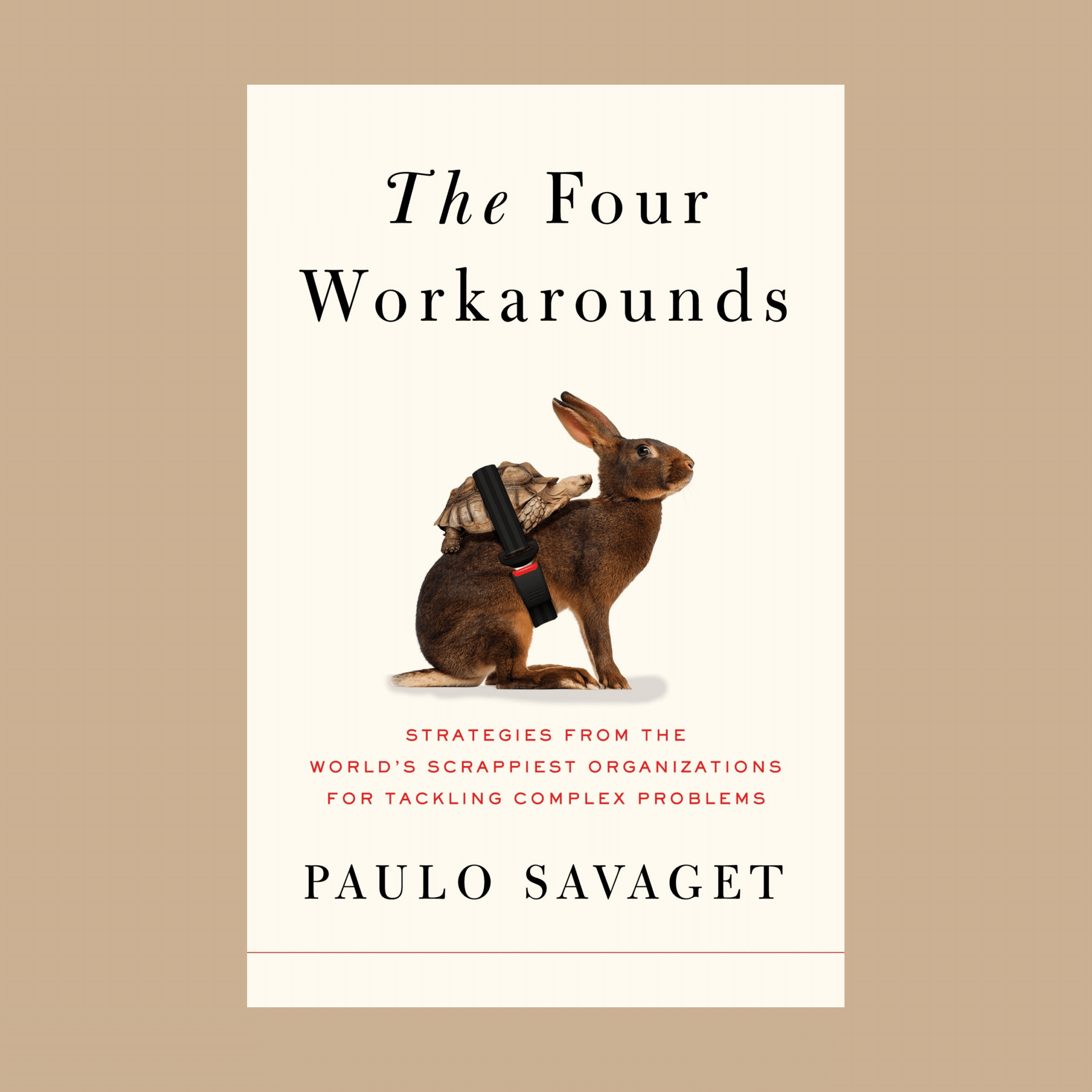
The Four Workarounds
By Professor Paulo Savaget, Supernumerary Fellow
In this groundbreaking book, award-winning researcher Paulo Savaget shows how the most valuable lessons about problem-solving can be learned from the scrappiest, poorest groups. Savaget draws examples from organizations dedicated to social action that have made an art form out of subverting the status quo, proving themselves adept at achieving massive wins with minimal resources. They do this by employing four particular workarounds: the piggyback, the loophole, the roundabout, and the next best.
From remote Zambia to the waves of the North Sea, Brazilian mines to American biohackers, The Four Workarounds shows how seemingly intractable problems have been solved using unconventional tactics. Through these remarkable cases – spanning public urination to the challenges of delivering life-saving medicine to remote communities – we see how some of the world’s most admired companies are already using Savaget’s research to transform the ways they do business. And they can revolutionize how we approach the real challenges we encounter in our everyday lives.

Emperor John II Komnenos
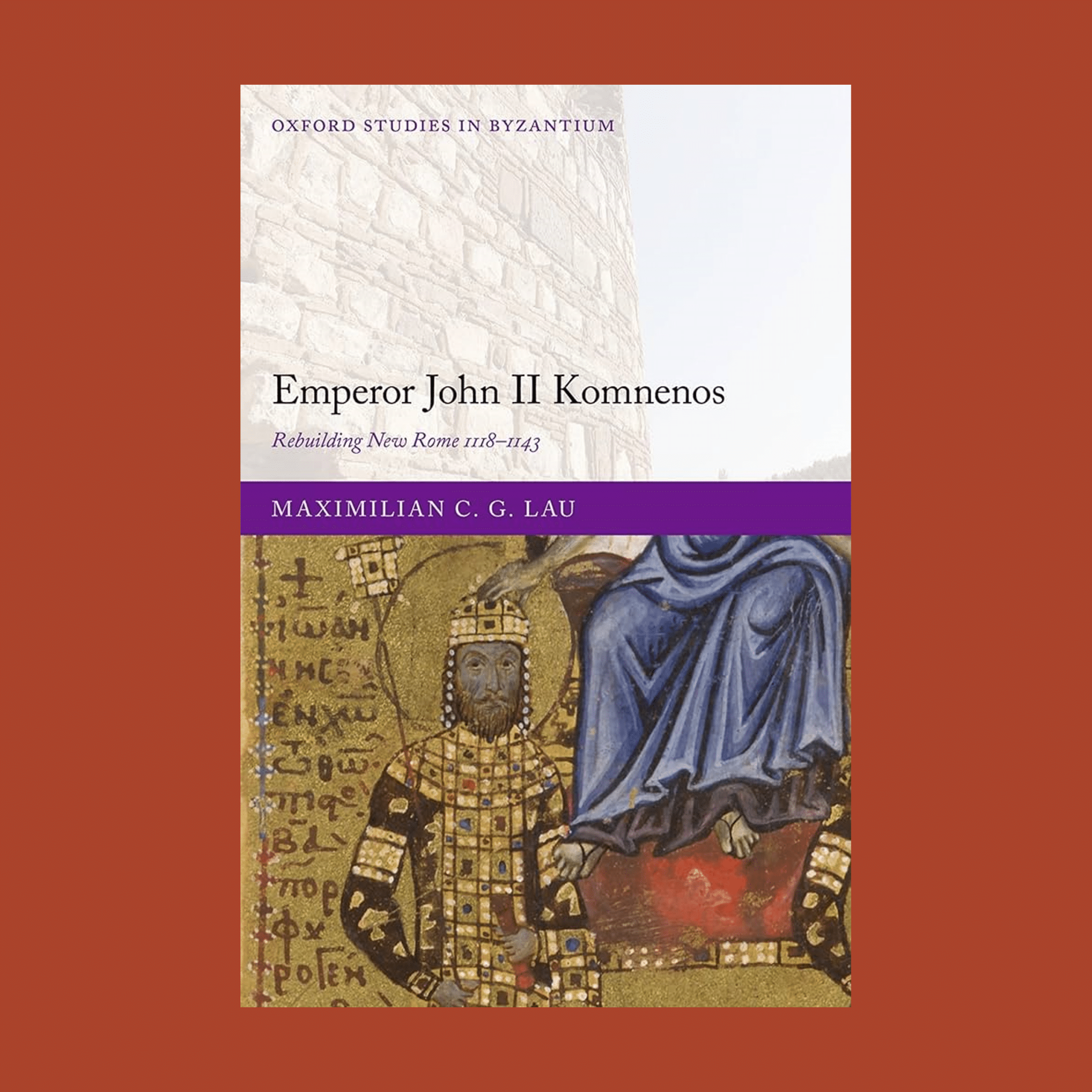
Emperor John II Komnenos
By Dr Maximilian Lau, Junior Research Fellow
John II Komnenos was born into an empire on the brink of destruction, with his father Alexios barely preserving the empire in the face of civil wars and invasions. A hostage to crusaders as a child, married to a Hungarian princess as a teenager to win his father an alliance, and leading his own campaigns when his father died, it was left to John to try and rebuild the empire all but lost in the eleventh century.
This book, the first English language study on John and his era, re-evaluates an emperor traditionally overlooked in favour of his father, hero of the Alexiad written by John’s sister Anna, and of his son Manuel, acclaimed for reigning at the height of Komnenian power. John’s reign is one of contradictions, as his capital of New Rome/Constantinople was to fall to the armies of the Fourth Crusade just over sixty years after he died, and yet his descendants led vibrant successor states based in the lands that John reconquered. His reign lacks a dominant textual source, and so this history is related as much through personal letters, court literature, archaeology, and foreign accounts as through traditional historical narratives. This study includes extensive study of the landscapes, castles, and cities John built and campaigned through, and provides a guide to the world in which John lived. It covers the empire’s neighbours and rivals, the turning points of ecclesiastical history, the shaping of the crusader movement, and the workings of Byzantine government and administration.
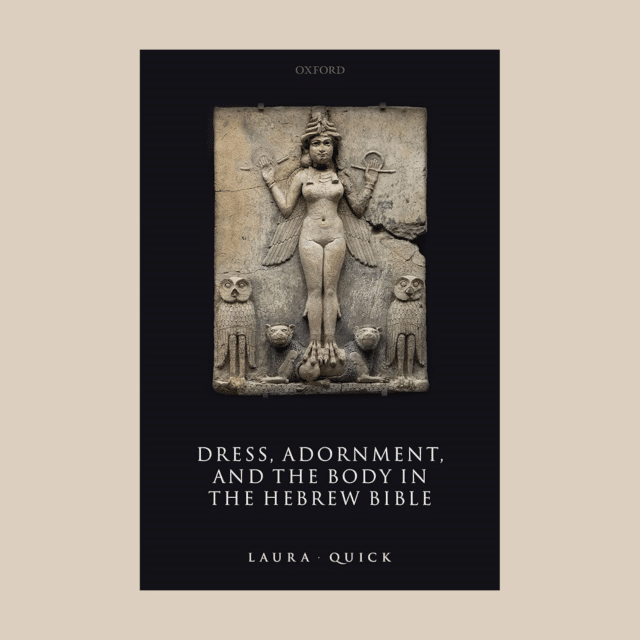
Dress, Adornment, and the Body in the Hebrew Bible
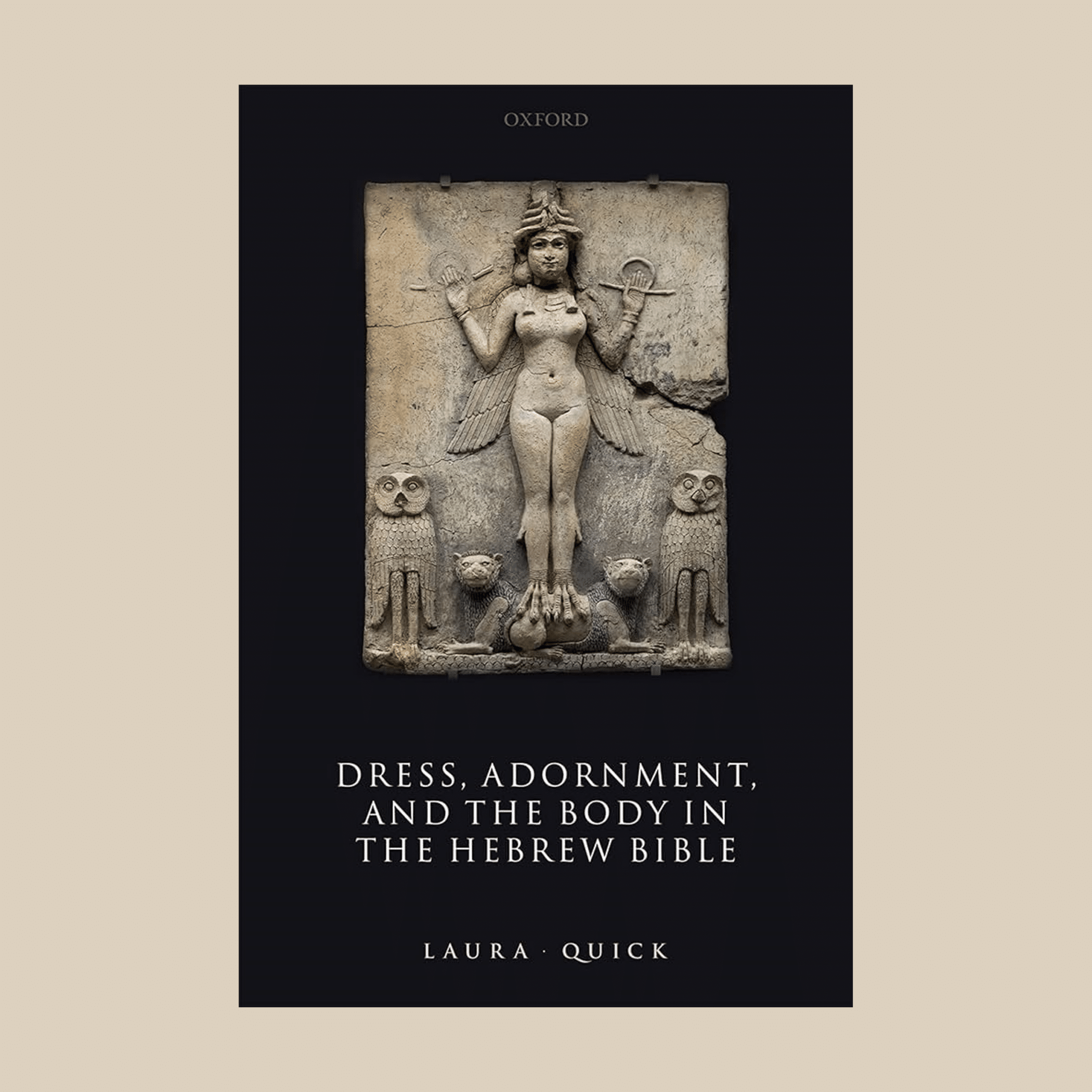
Dress, Adornment, and the Body in the Hebrew Bible
By Dr Laura Quick, Fellow & Tutor in Theology and Religion
Dress, Adornment, and the Body in the Hebrew Bible is the first monograph to treat dress and adornment in biblical literature in the English language. It moves beyond a description of these aspects of ancient life to encompass notions of interpersonal relationships and personhood that underpin practices of dress and adornment. Laura Quick explores the ramifications of body adornment in the biblical world, informed by a methodologically plural approach incorporating material culture alongside philology, textual exegesis, comparative evidence, and sociological models.
Drawing upon and synthesizing insights from material culture and texts from across the eastern Mediterranean, the volume reconstructs the social meanings attached to the dressed body in biblical texts. It shows how body adornment can deepen understanding of attitudes towards the self in the ancient world. In Quick’s reconstruction of ancient performances of the self, the body serves as the observed centre in which complex ideologies of identity, gender, sexuality, ethnicity, and social status are articulated. The adornment of the body is thus an effective means of non-verbal communication, but one which at the same time is controlled by and dictated through normative social values. Exploring dress, adornment, and the body can therefore open up hitherto unexplored perspectives on these social values in the ancient world, an essential missing piece in understanding the social and cultural world which shaped the Hebrew Bible.
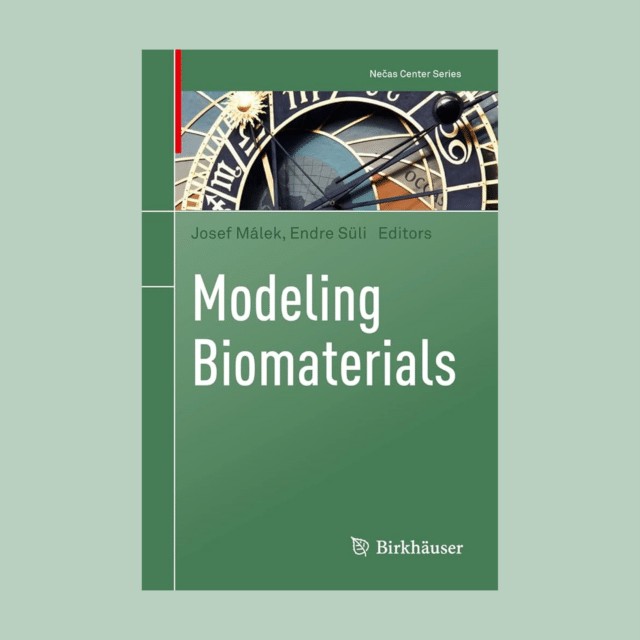
Modeling Biomaterials
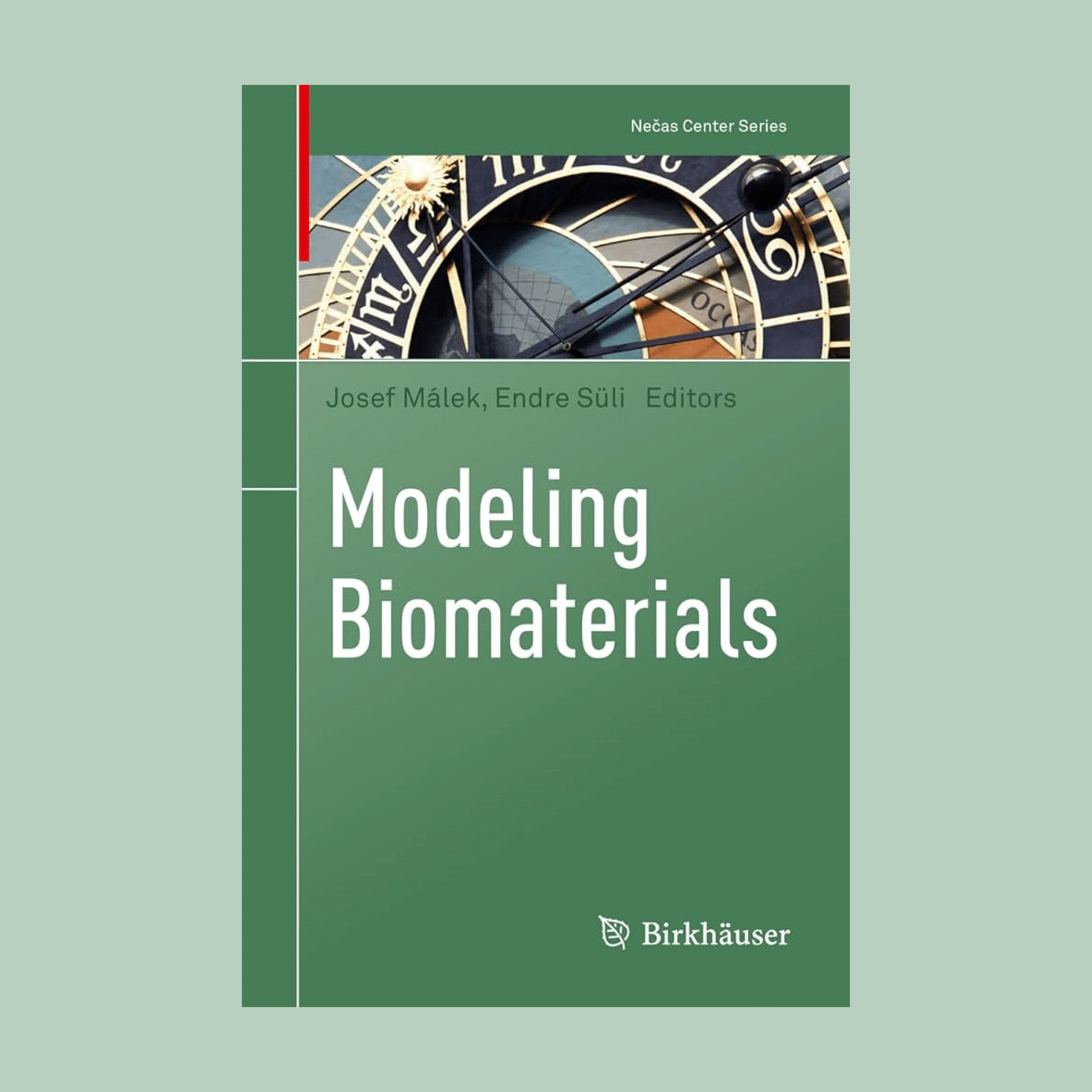
Modeling Biomaterials
Edited by Professor Endre Süli, Fellow & Tutor in Mathematics, and Josef Málek
The investigation of the role of mechanical and mechano-chemical interactions in cellular processes and tissue development is a rapidly growing research field in the life sciences and in biomedical engineering. Quantitative understanding of this important area in the study of biological systems requires the development of adequate mathematical models for the simulation of the evolution of these systems in space and time. Since expertise in various fields is necessary, this calls for a multidisciplinary approach.
This edited volume connects basic physical, biological, and physiological concepts to methods for the mathematical modeling of various materials by pursuing a multiscale approach, from subcellular to organ and system level. Written by active researchers, each chapter provides a detailed introduction to a given field, illustrates various approaches to creating models, and explores recent advances and future research perspectives. Topics covered include molecular dynamics simulations of lipid membranes, phenomenological continuum mechanics of tissue growth, and translational cardiovascular modeling.
Modeling Biomaterials will be a valuable resource for both non-specialists and experienced researchers from various domains of science, such as applied mathematics, biophysics, computational physiology, and medicine.
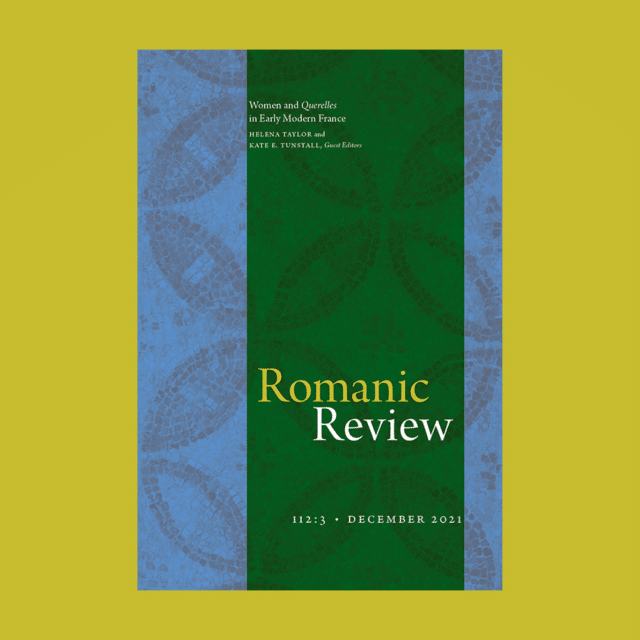
Women and Querelles in Early Modern France

Women and Querelles in Early Modern France
Edited by Professor Kate Tunstall, Sir Lindsay Owen-Jones Fellow in Modern Languages & Tutor in French, and Helena Taylor
This special issue of Romantic Review analyses women’s involvements in various polemics from the sixteenth to the eighteenth centuries, challenging the misogynistic stereotype usually associated with the female quarreler.
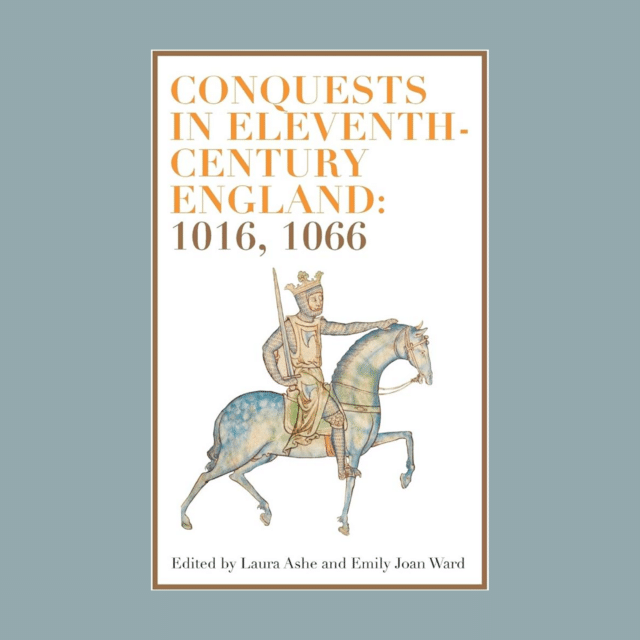
Conquests in Eleventh-Century England: 1016, 1066
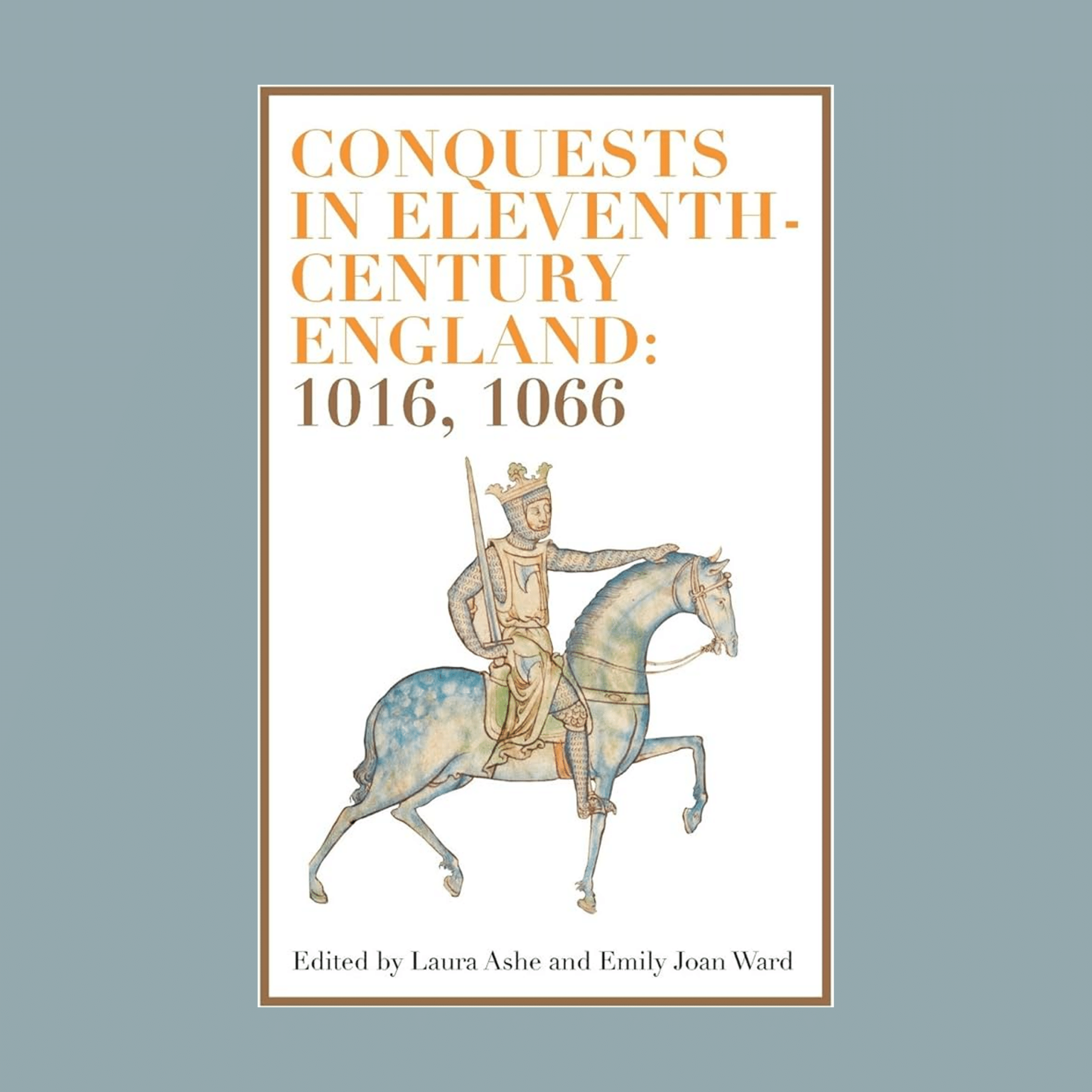
Conquests in Eleventh-Century England: 1016, 1066
Edited by Professor Laura Ashe, David Woods Kemper Family Fellow & Tutor in English, and Emily Joan Ward
The cataclysmic conquests of the eleventh century are here set together for the first time. Eleventh-century England suffered two devastating conquests, each bringing the rule of a foreign king and the imposition of a new regime. Yet only the second event, the Norman Conquest of 1066, has been credited with the impact and influence of a permanent transformation. Half a century earlier, the Danish conquest of 1016 had nonetheless marked the painful culmination of decades of raiding and invasion – and more importantly, of centuries of England’s conflict and cooperation with the Scandinavian world – and the Normans themselves were a part of that world. Without 1016, the conquest of 1066 could never have happened as it did: and yet disciplinary fragmentation in the study of eleventh-century England has ensured that a gulf separates the conquests in modern scholarship.
The essays in this volume offer multidisciplinary perspectives on a century of conquest: in politics, law, governance, and religion; in art, literature, economics, and culture; and in the lives and experiences of peoples in a changing, febrile, and hybrid society. Crucially, it moves beyond an insular perspective, placing England within its British, Scandinavian, and European contexts; and in reaching across conquests connects the tenth century and earlier with the twelfth century and beyond, seeing the continuities in England’s Anglo-Saxon, Danish, Norman, and Angevin elite culture and rulership. The chapters break new ground in the documentary evidence and give fresh insights into the whole historical landscape, whilst fully engaging with the importance, influence, and effects of England’s eleventh-century conquests, both separately and together.
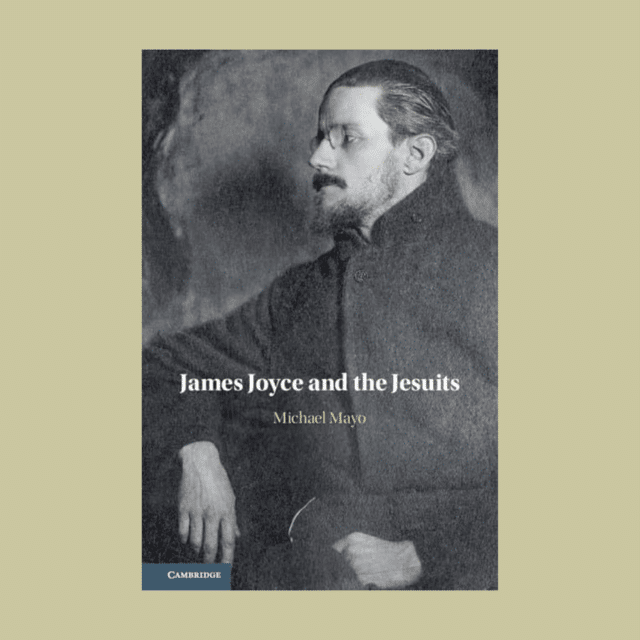
James Joyce and the Jesuits

James Joyce and the Jesuits
By Dr Michael Mayo, Director of the Visiting Student Programme
James Joyce was educated almost exclusively by the Jesuits; this education and these priests make their appearance across Joyce’s oeuvre. This dynamic has never been properly explicated or rigorously explored. Using Joyce’s religious education and psychoanalytic theories of depression and paranoia, this book opens radical new possibilities for reading Joyce’s fiction. It takes readers through some of the canon’s most well-read texts and produces bold, fresh new readings. By placing these readings in light of Jesuit religious practice – in particular, the Spiritual Exercises all Jesuit priests and many students undergo – the book shows how Joyce’s deepest concerns about truth, literature, and love were shaped by these religious practices and texts. Joyce worked out his answers to these questions in his own texts, largely by forcing his readers to encounter, and perhaps answer, those questions themselves. Reading Joyce is a challenge not only in terms of interpretation but of experience – the confusion, boredom, and even paranoia readers feel when making their way through these texts.
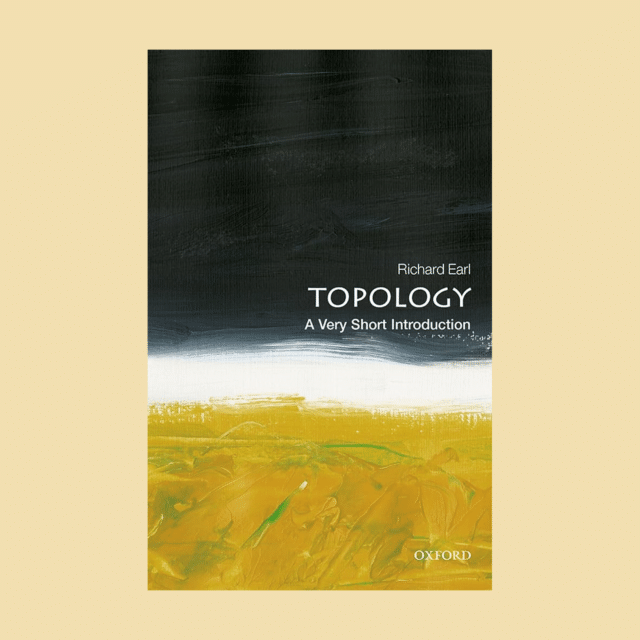
Topology: A Very Short Introduction
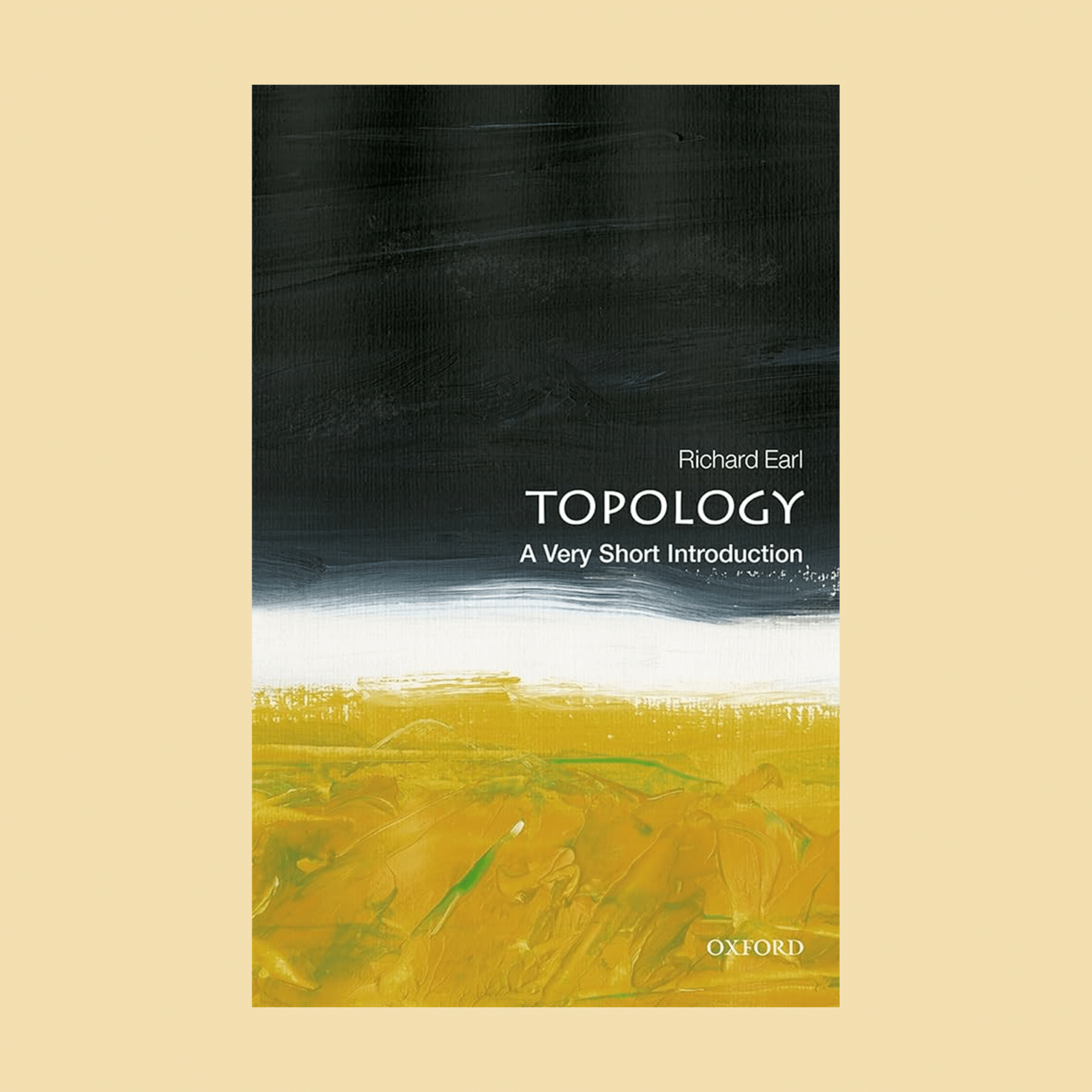
Topology: A Very Short Introduction
By Dr Richard Earl, Ben Delo Fellow & Tutor in Mathematics
How is a subway map different from other maps? What makes a knot knotted? What makes the Möbius strip one-sided? These are questions of topology, the mathematical study of properties preserved by twisting or stretching objects. In the 20th century topology became as broad and fundamental as algebra and geometry, with important implications for science, especially physics.
In this Very Short Introduction Richard Earl gives a sense of the more visual elements of topology (looking at surfaces) as well as covering the formal definition of continuity. Considering some of the eye-opening examples that led mathematicians to recognize a need for studying topology, he pays homage to the historical people, problems, and surprises that have propelled the growth of this field.
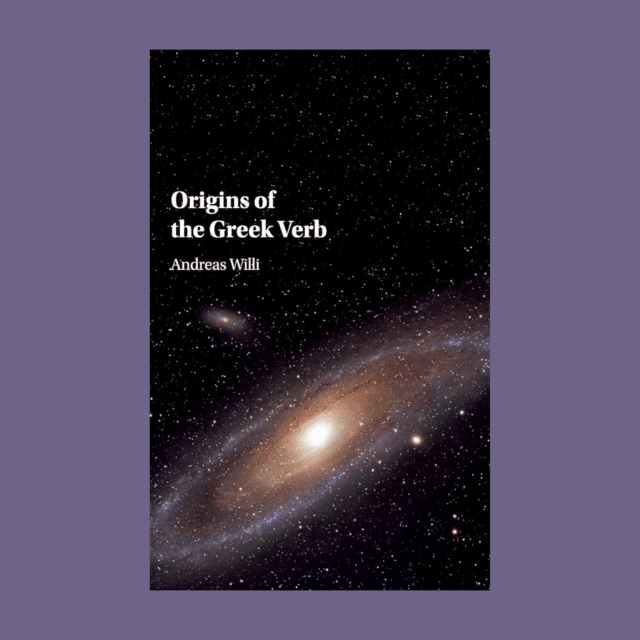
Origins of the Greek Verb
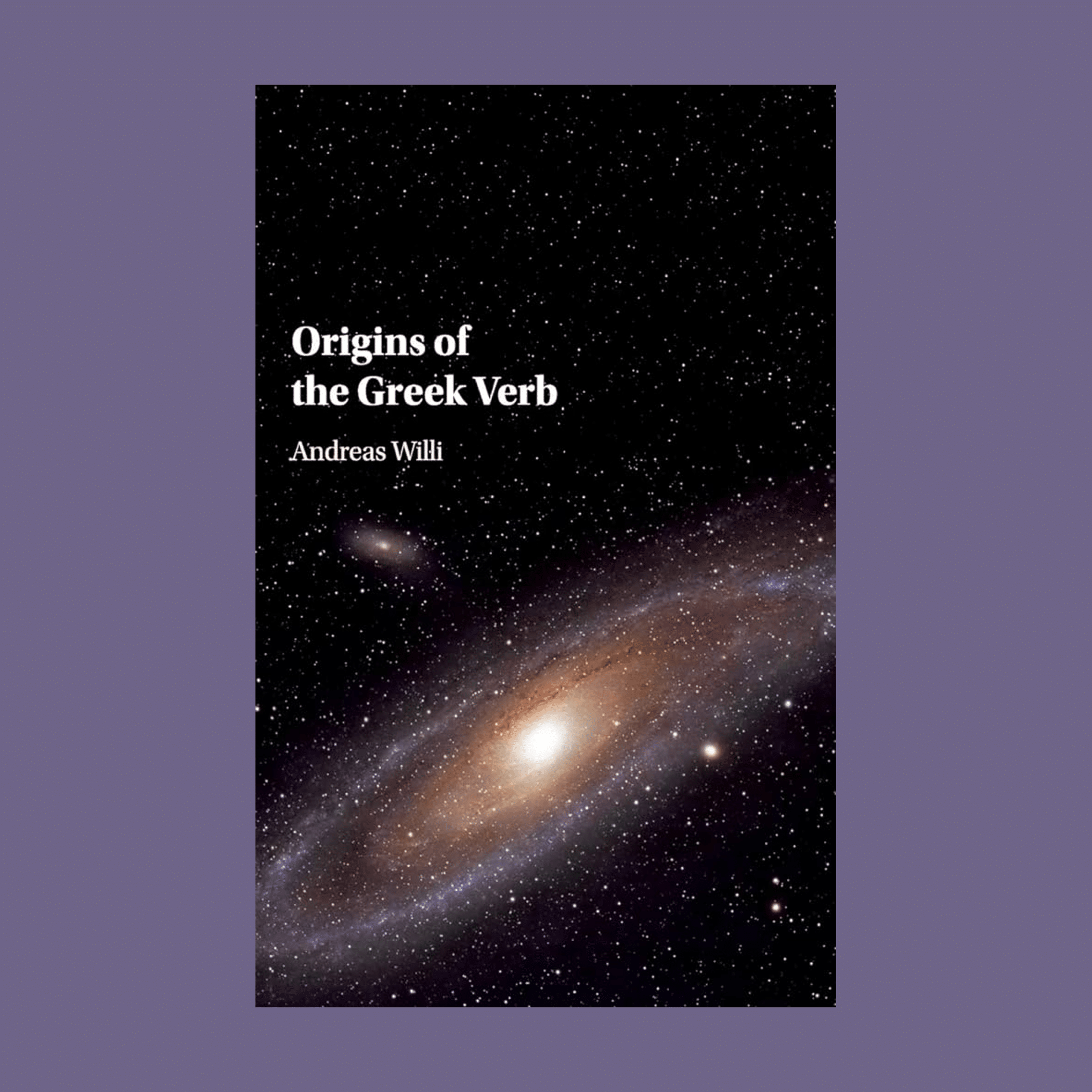
Origins of the Greek Verb
By Professor Andreas Willi, Professorial Fellow
Situated at the crossroads of comparative philology, classics and general historical linguistics, this study is the first ever attempt to outline in full the developments which led from the remotest recoverable stages of the Indo-European proto-language to the complex verbal system encountered in Homer and other early Greek texts. By combining the methods of comparative and internal reconstruction with a careful examination of large collections of primary data and insights gained from the study of language change and linguistic typology, Andreas Willi uncovers the deeper reasons behind many surface irregularities and offers a new understanding of how categories such as aspect, tense and voice interact. Drawing upon evidence from all major branches of Indo-European, and providing exhaustive critical coverage of scholarly debate on the most controversial issues, this book will be an essential reference tool for anyone seeking orientation in this burgeoning but increasingly fragmented area of linguistic research.
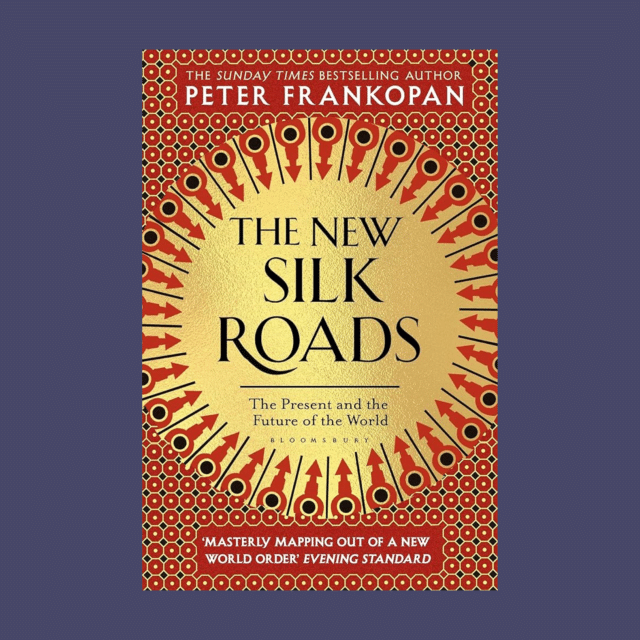
The New Silk Roads: The Present and Future of the World
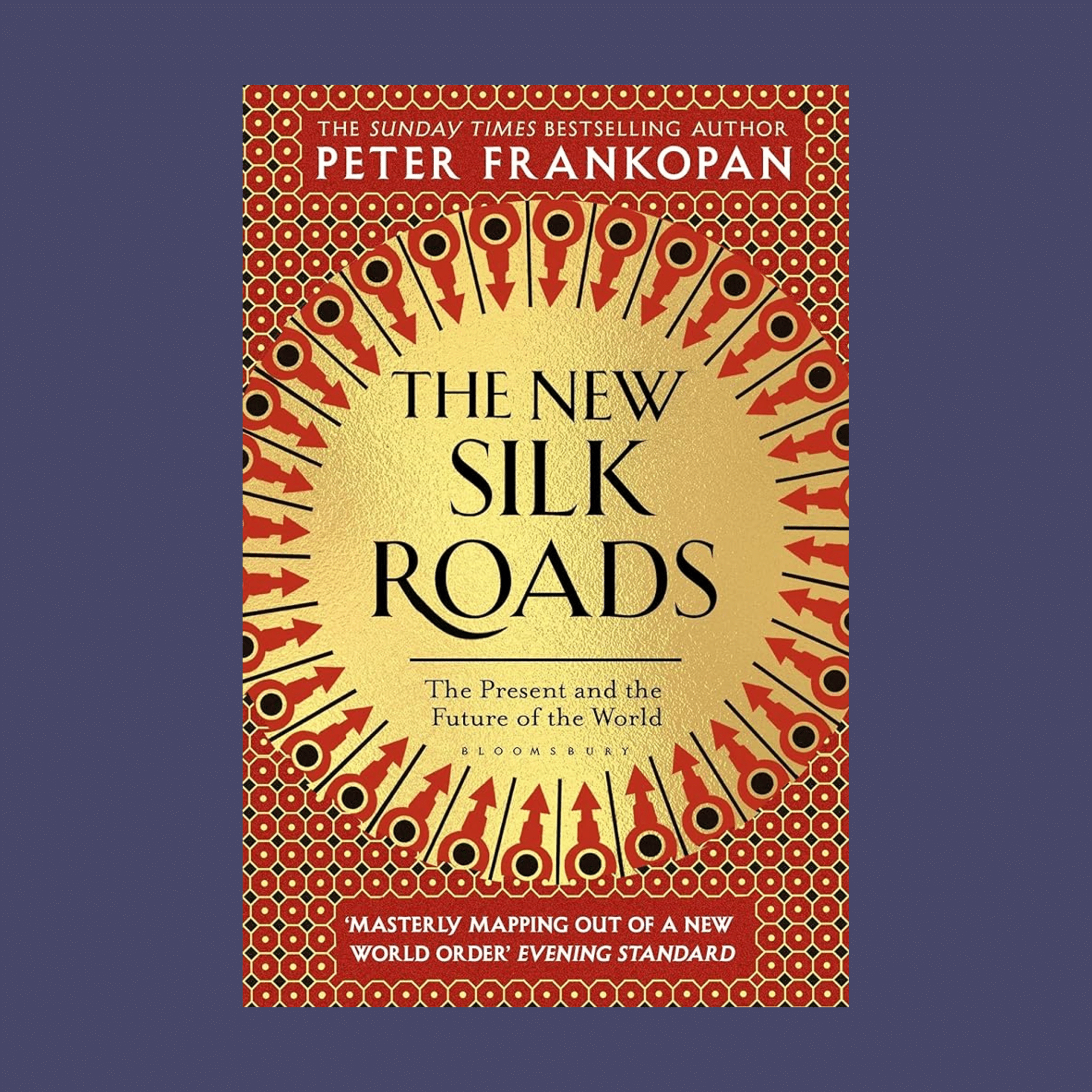
The New Silk Roads: The Present and Future of the World
By Professor Peter Frankopan, Senior Research Fellow
All roads used to lead to Rome. Today, they lead to Beijing. When The Silk Roads was published in 2015, it became an instant classic. A major reassessment of world history, it compelled us to look at the past from a different perspective. The New Silk Roads brings this story up to date, addressing the present and future of a world that is changing dramatically.
Following the Silk Roads eastwards, from Europe through to China, by way of Russia and the Middle East, The New Silk Roads provides a timely reminder that we live in a world that is profoundly interconnected. In an age of Brexit and Trump, the themes of isolation and fragmentation permeating the western world stand in sharp contrast to events along the Silk Roads since 2015, where ties have been strengthened and mutual cooperation established.
With brilliant insight, Peter Frankopan takes a fresh look at the network of relationships being formed along the length and breadth of the Silk Roads today, assessing the global reverberations of these continual shifts in the centre of power – all too often absent from headlines in the West. This important – and ultimately hopeful – book asks us to reread who we are and where we are in the world, illuminating the themes on which all our lives and livelihoods depend.
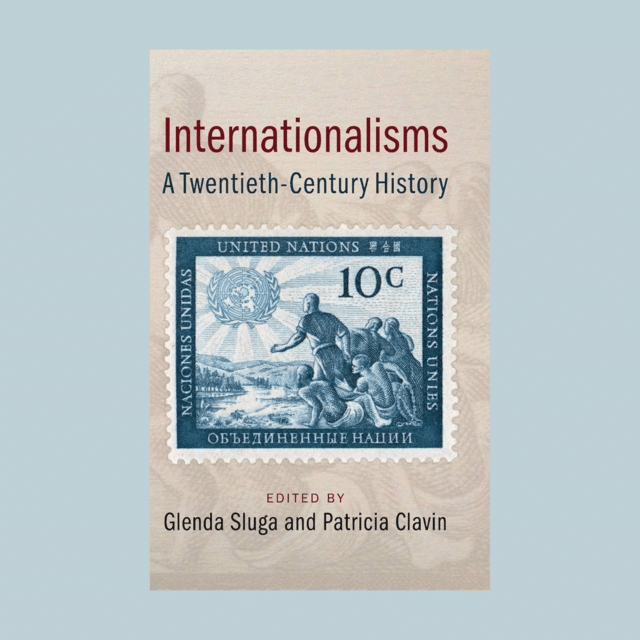
Internationalisms: A Twentieth-Century History
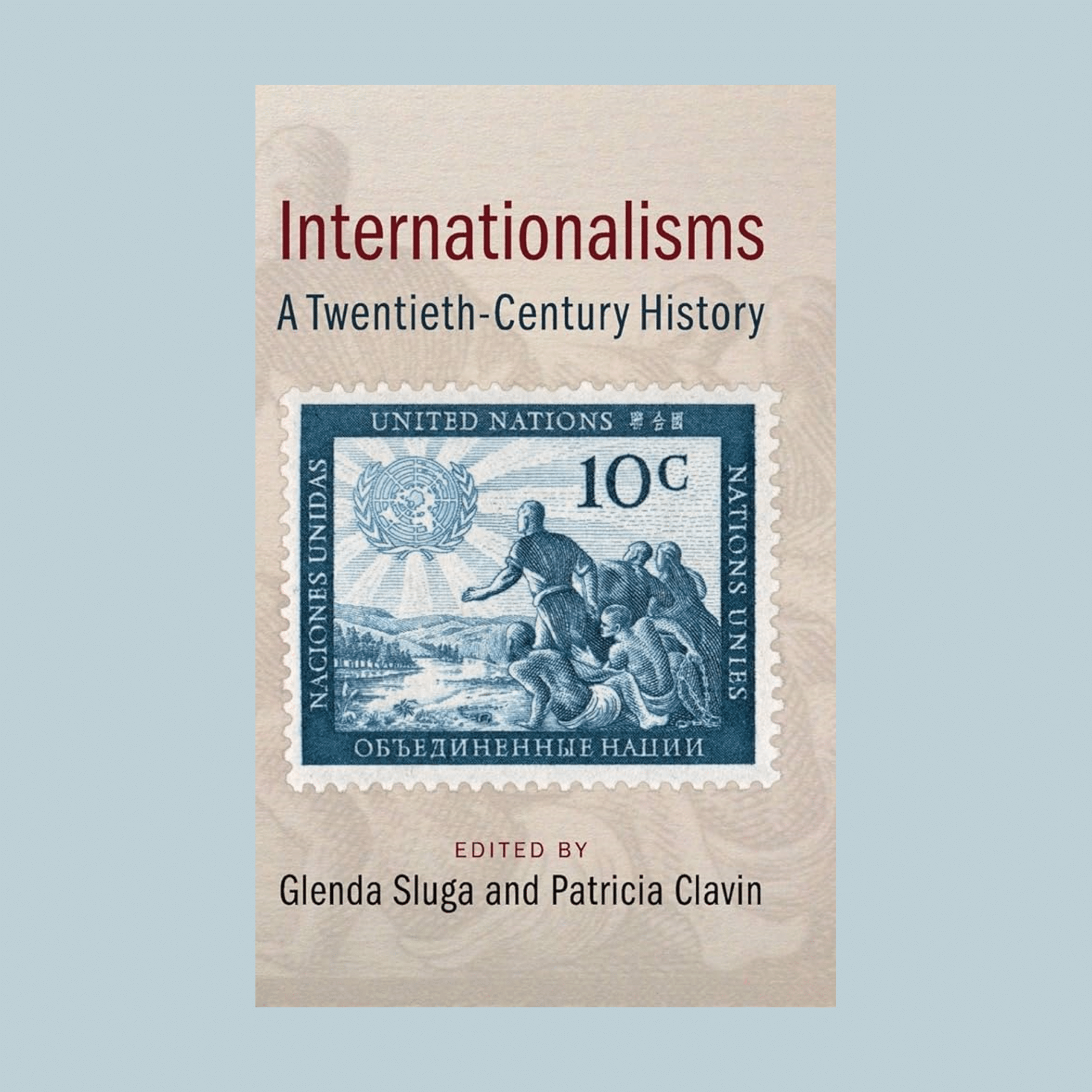
Internationalisms: A Twentieth-Century History
Edited by Patricia Clavin, Professorial Fellow, and Glenda Sluga
This is a pioneering survey of the rise of internationalism as a mainstream political idea mobilised in support of the ambitions of indigenous populations, feminists and anti-colonialists, as well as politicians, economists and central bankers. Leading scholars trace the emergence of intergovernmental organisations such as the League of Nations, the United Nations, the International Labour Organisation and the World Health Organisation, and the corresponding expansion in transnational sociability and economic entanglement throughout the long twentieth century. They reveal how international thought helped to drive major transformations in the governance of global issues from refugees to slavery and sex-trafficking, from the environment to women’s rights and human rights, and from state borders and national minorities to health, education, trade and commerce. In challenging dominant perceptions of how contemporaries thought of nations, states and empires, Internationalisms radically alters our understanding of the major events and ideas that shaped twentieth-century politics, culture, economics and society.
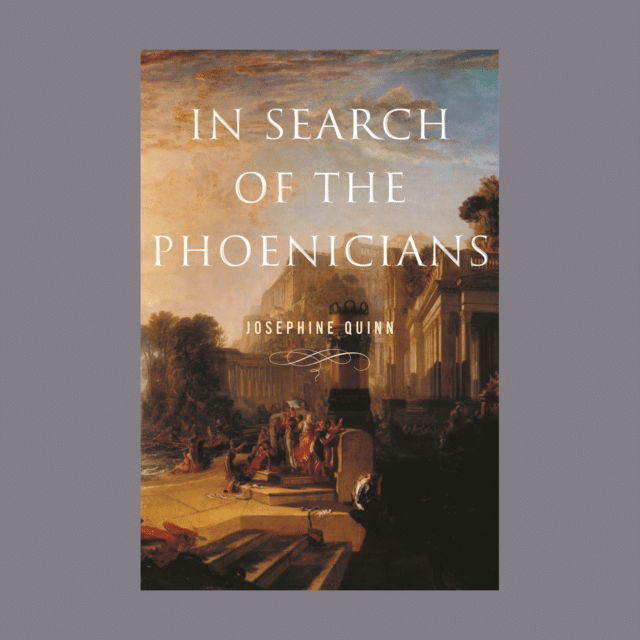
In Search of the Phoenicians
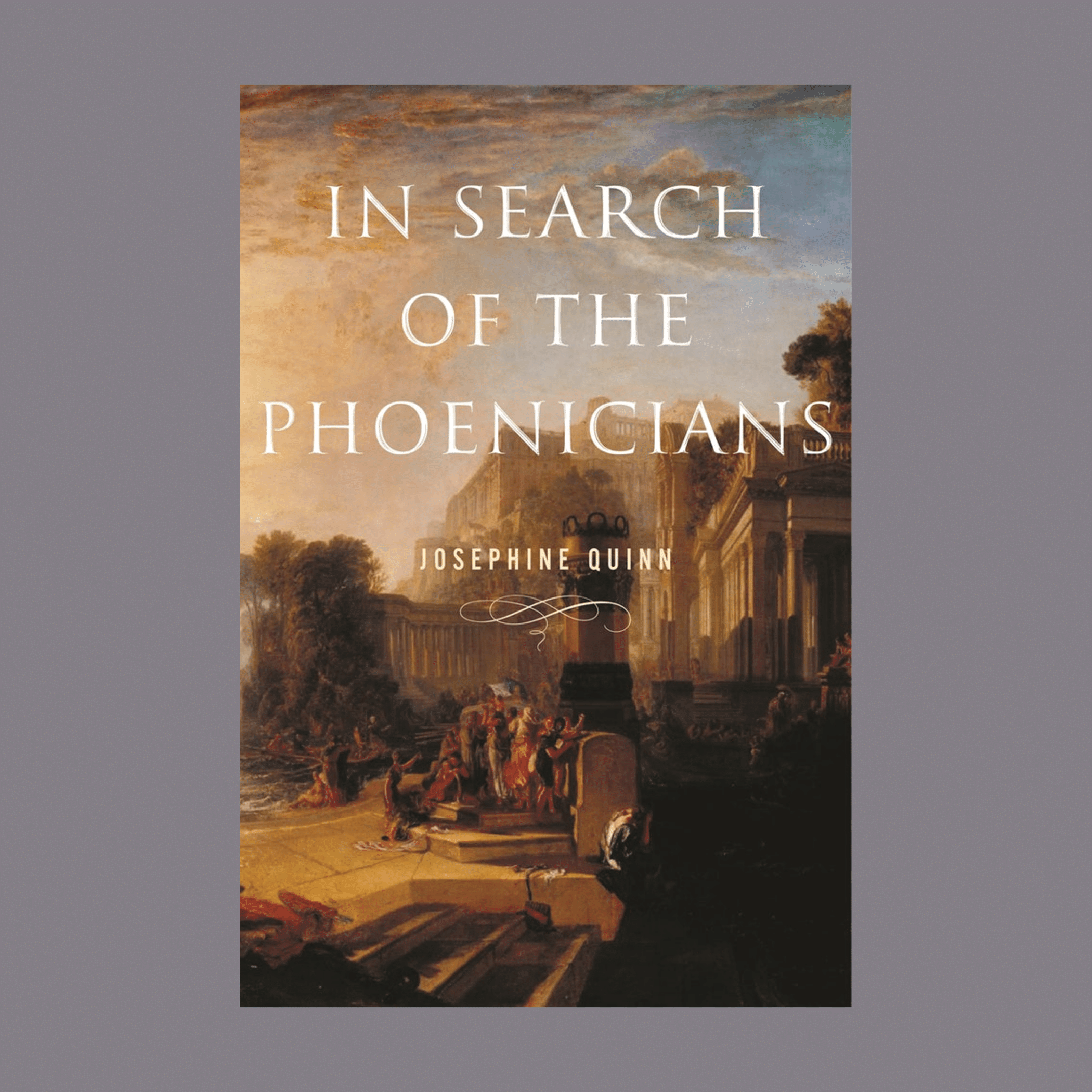
In Search of the Phoenicians
By Professor Josephine Crawley Quinn, Martin Frederiksen Fellow & Tutor in Ancient History
The Phoenicians traveled the Mediterranean long before the Greeks and Romans, trading, establishing settlements, and refining the art of navigation. But who these legendary sailors really were has long remained a mystery. In Search of the Phoenicians makes the startling claim that the “Phoenicians” never actually existed. Taking readers from the ancient world to today, this monumental book argues that the notion of these sailors as a coherent people with a shared identity, history, and culture is a product of modern nationalist ideologies—and a notion very much at odds with the ancient sources.
Josephine Quinn shows how the belief in this historical mirage has blinded us to the compelling identities and communities these people really constructed for themselves in the ancient Mediterranean, based not on ethnicity or nationhood but on cities, family, colonial ties, and religious practices. She traces how the idea of “being Phoenician” first emerged in support of the imperial ambitions of Carthage and then Rome, and only crystallized as a component of modern national identities in contexts as far-flung as Ireland and Lebanon.
In Search of the Phoenicians delves into the ancient literary, epigraphic, numismatic, and artistic evidence for the construction of identities by and for the Phoenicians, ranging from the Levant to the Atlantic, and from the Bronze Age to late antiquity and beyond. A momentous scholarly achievement, this book also explores the prose, poetry, plays, painting, and polemic that have enshrined these fabled seafarers in nationalist histories from sixteenth-century England to twenty-first century Tunisia.

Geomorphology in the Anthropocene
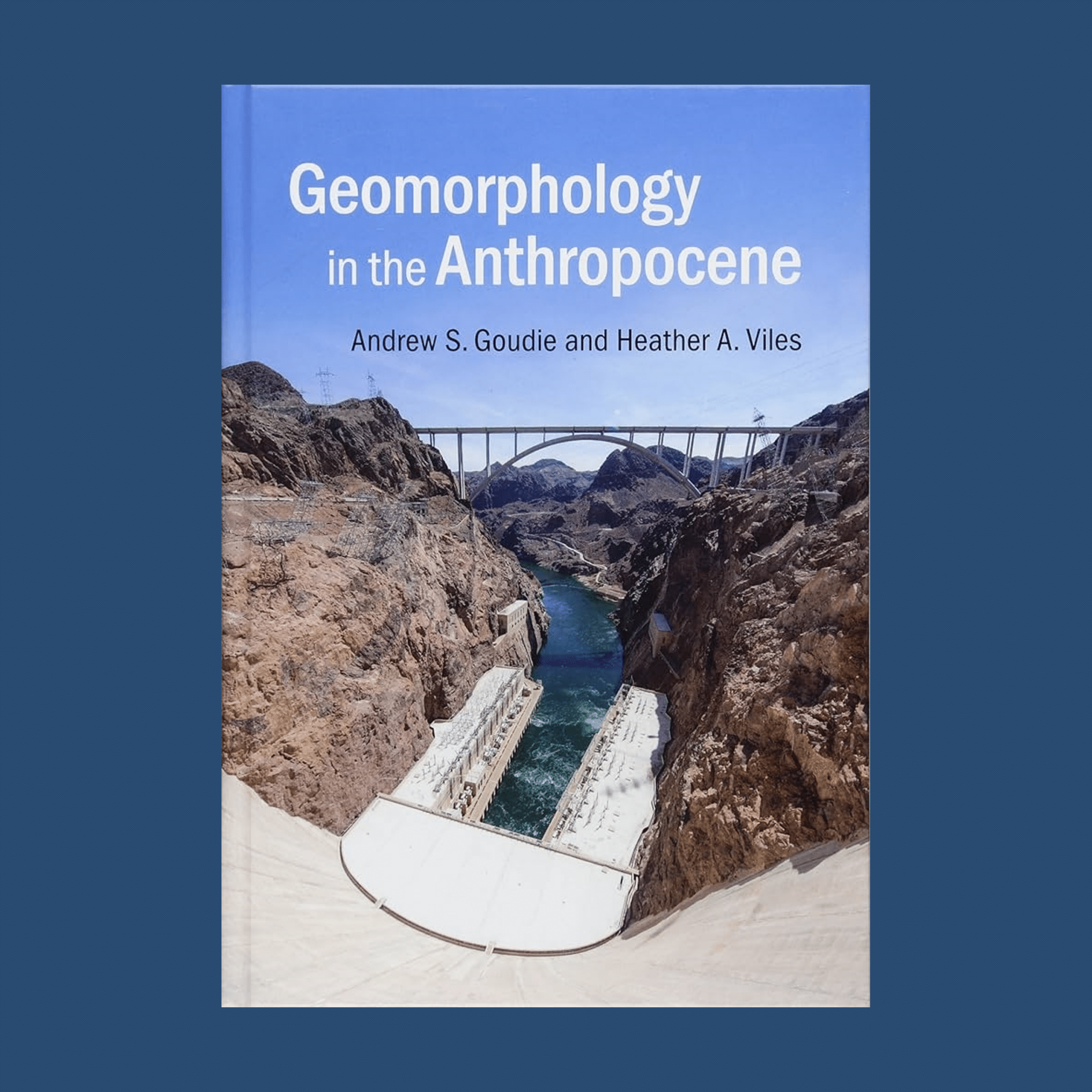
Geomorphology in the Anthropocene
Edited by Professor Heather Viles, Senior Research Fellow, and Andrew Goudie
The Anthropocene is a major new concept in the Earth sciences and this book examines the effects on geomorphology within this period. Drawing examples from many different global environments, this comprehensive volume demonstrates that human impact on landforms and land-forming processes is profound, due to various driving forces, including: use of fire; extinction of fauna; development of agriculture, urbanisation, and globalisation; and new methods of harnessing energy. The book explores the ways in which future climate change due to anthropogenic causes may further magnify effects on geomorphology, with respect to future hazards such as floods and landslides, the state of the cryosphere, and sea level. The book concludes with a consideration of the ways in which landforms are now being managed and protected. Covering all major aspects of geomorphology, this book is ideal for undergraduate and graduate students studying geomorphology, environmental science and physical geography, and for all researchers of geomorphology.
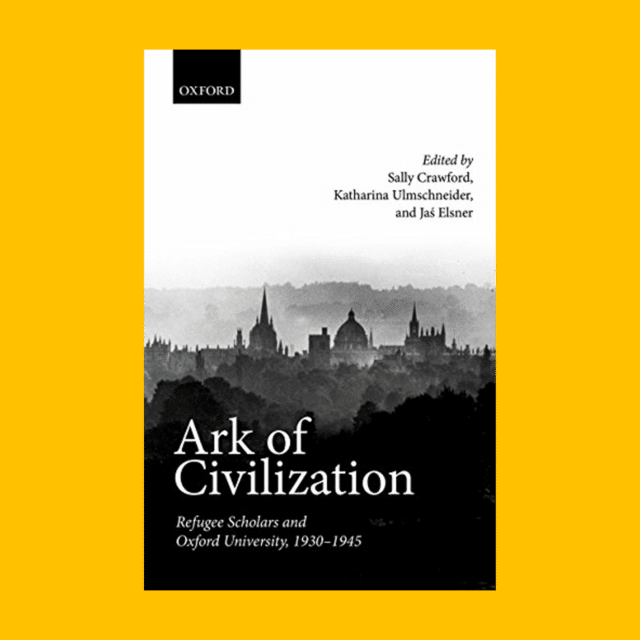
Ark of Civilization: Refugee Scholars and Oxford University, 1930-1945
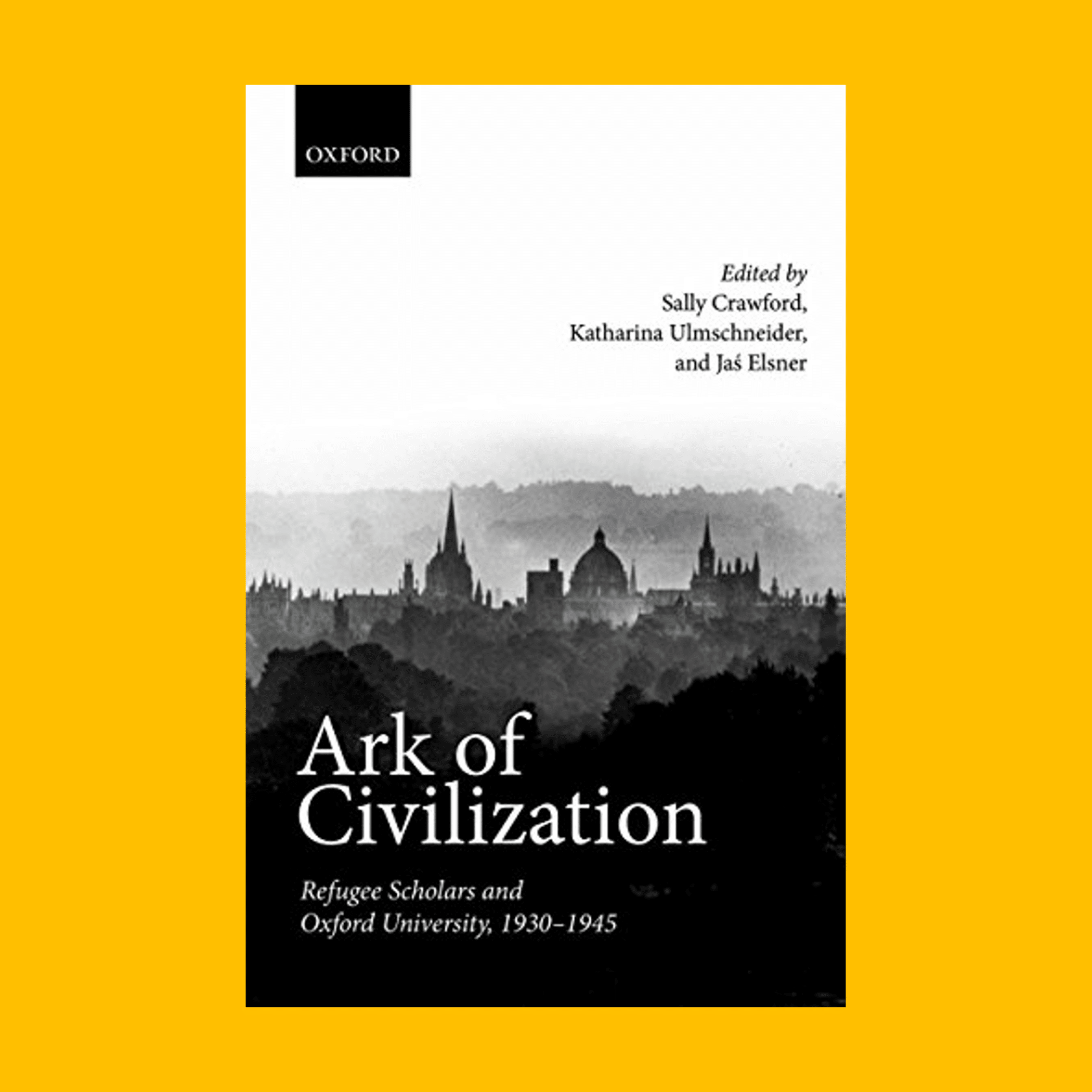
Ark of Civilization: Refugee Scholars and Oxford University, 1930-1945
Edited by Dr Katharina Ulmschneider, Senior Research Fellow, Sally Crawford, and Jas Elsner
In the opening decades of the twentieth century, Germany was at the cutting edge of arts and humanities scholarship across Europe. However, when many of its key thinkers – leaders in their fields in classics, philosophy, archaeology, art history, and oriental studies – were forced to flee to England following the rise of the Nazi regime, Germany’s loss became Oxford’s gain.
From the mid-1930s onwards, Oxford could accurately be described as an ‘ark of knowledge’ of western civilization: a place where ideas about art, culture, and history could be rescued, developed, and disseminated freely. The city’s history as a place of refuge for scientists who were victims of Nazi oppression is by now familiar, but the story of its role as a sanctuary for cultural heritage, though no less important, has received much less attention.
In this volume, the impact of Oxford as a shelter, a meeting point, and a centre of thought in the arts and humanities specifically is addressed, by looking both at those who sought refuge there and stayed, and those whose lives intersected with Oxford at crucial moments before and during the war. Although not every great refugee can be discussed in detail in this volume, this study offers an introduction to the unique conjunction of place, people, and time that shaped Western intellectual history, exploring how the meeting of minds enabled by libraries, publishing houses, and the University allowed Oxford’s refugee scholars to have a profound and lasting impact on the development of British culture. Drawing on oral histories, previously unpublished letters, and archives, it illuminates and interweaves both personal and global histories to demonstrate how, for a short period during the war, Oxford brought together some of the greatest minds of the age to become the custodians of a great European civilization.
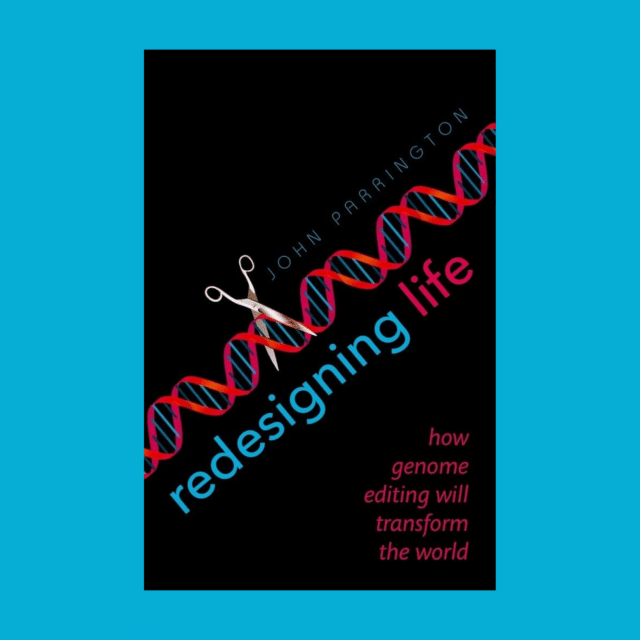
Redesigning Life: How genome editing will transform the world

Redesigning Life: How genome editing will transform the world
By Professor John Parrington, Rank Foundation-Netherthorpe Memorial Fellow & Tutor in Medicine
We can now edit genomes. The technique, which involves cutting and pasting DNA code into the genome, is faster and cheaper than traditional genetic engineering and can be used on almost any animal or plant. What will this technology mean for the future? It may pave the way to banishing many diseases, and help feed the burgeoning population of the world. Woolly mammoths may again roam the tundra. But are there also risks? Might a nightmarish world of bioterrorism and rogue synthetic organisms await? John Parrington reports on the astonishing revolution underway in genetic engineering and why it matters to us all.
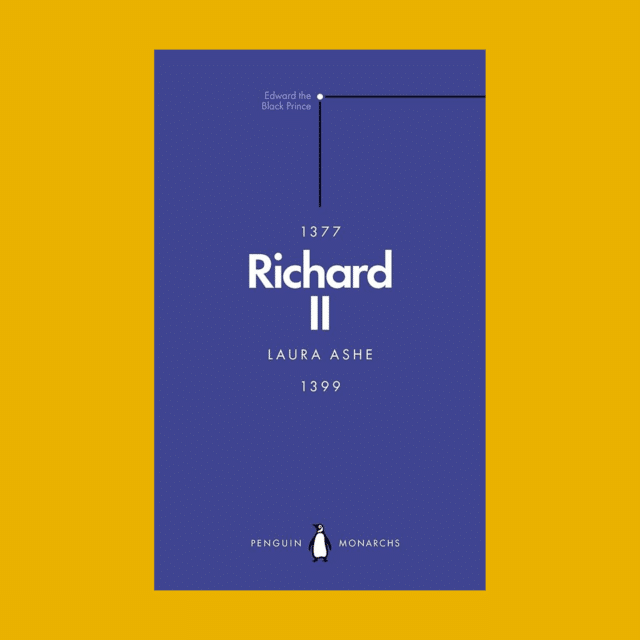
Richard II: A Brittle Glory
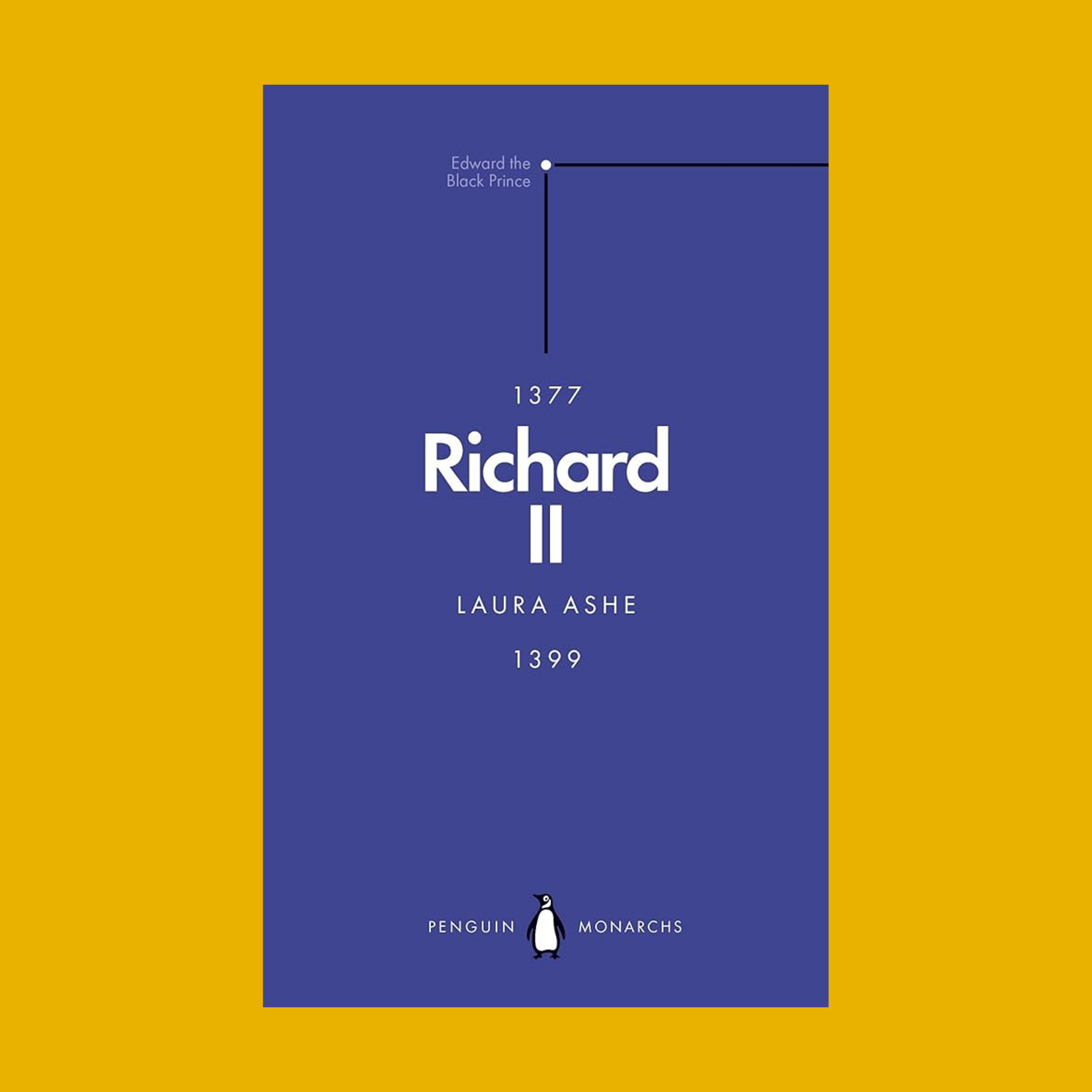
Richard II: A Brittle Glory
By Professor Laura Ashe, David Woods Kemper Family Fellow & Tutor in English
Richard II (1377-99) came to the throne as a child, following the long, domineering, martial reign of his grandfather Edward III. He suffered from the disastrous combination of a most exalted sense of his own power and an inability to impress that power on those closest to the throne. Neither trusted nor feared, Richard battled with a whole series of failures and emergencies before finally succumbing to a coup, imprisonment and murder.
Laura Ashe’s brilliant account of his reign emphasizes the strange gap between Richard’s personal incapacity and the amazing cultural legacy of his reign – from the Wilton Diptych to Sir Gawain and the Green Knight, Piers Plowman and The Canterbury Tales.
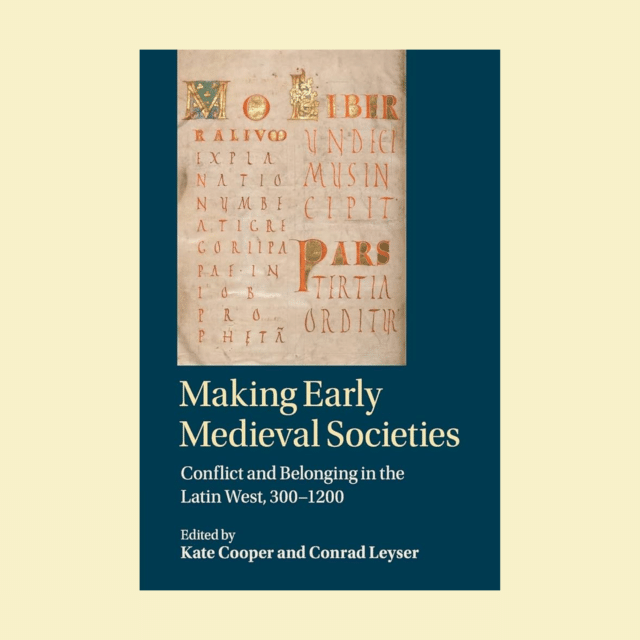
Making Early Medieval Societies: Conflict and Belonging in the Latin West, 300–1200
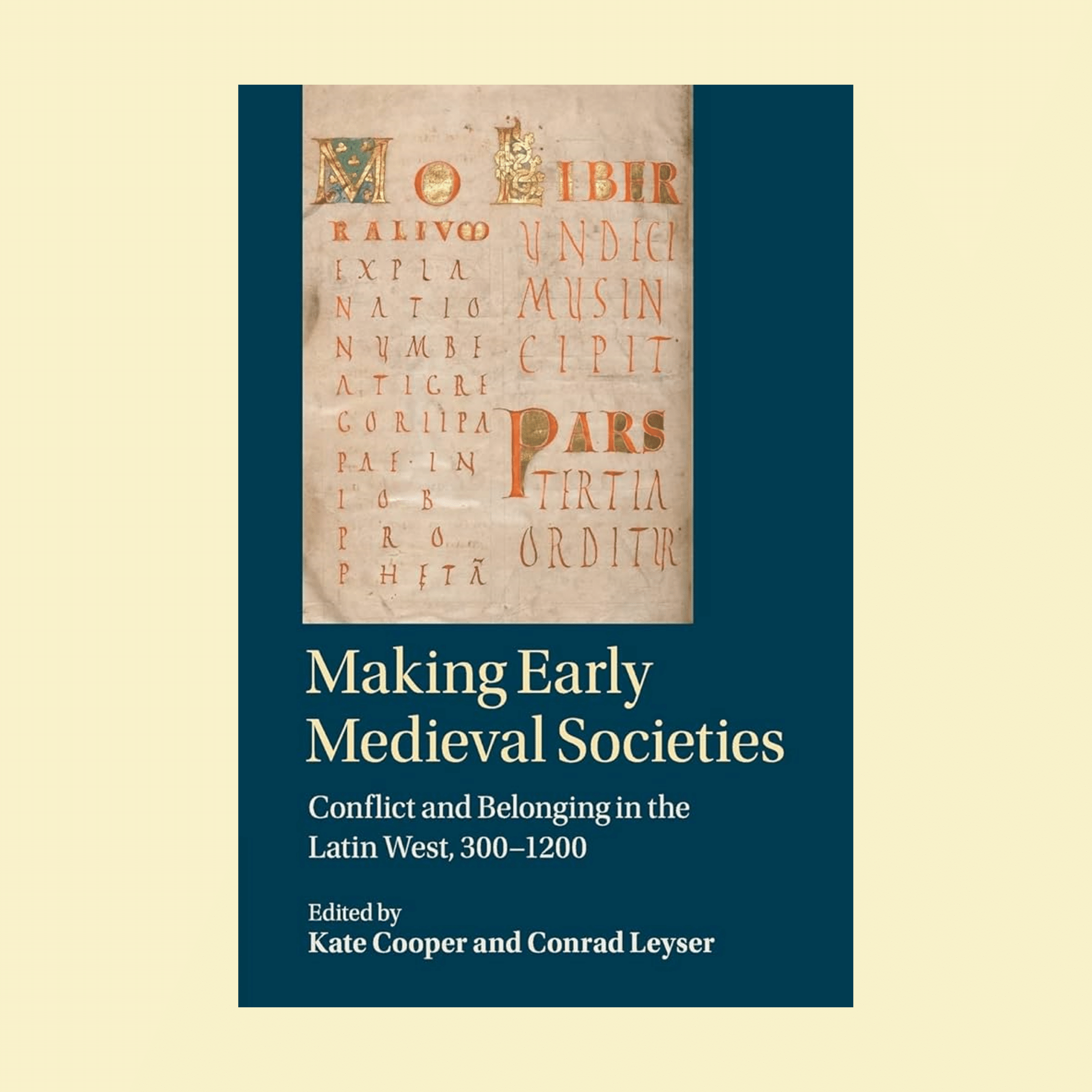
Making Early Medieval Societies: Conflict and Belonging in the Latin West, 300–1200
Edited by Conrad Leyser, Lightbody Fellow & Tutor in History, and Kate Cooper
Making Early Medieval Societies explores a fundamental question: what held the small- and large-scale communities of the late Roman and early medieval West together, at a time when the world seemed to be falling apart? Historians and anthropologists have traditionally asked parallel questions about the rise and fall of empires and how societies create a sense of belonging and social order in the absence of strong governmental institutions. This book draws on classic and more recent anthropologists’ work to consider dispute settlement and conflict management during and after the end of the Roman Empire. Contributions range across the internecine rivalries of late Roman bishops, the marital disputes of warrior kings, and the tension between religious leaders and the unruly crowds in western Europe after the first millennium – all considering the mechanisms through which conflict could be harnessed as a force for social stability or an engine for social change.
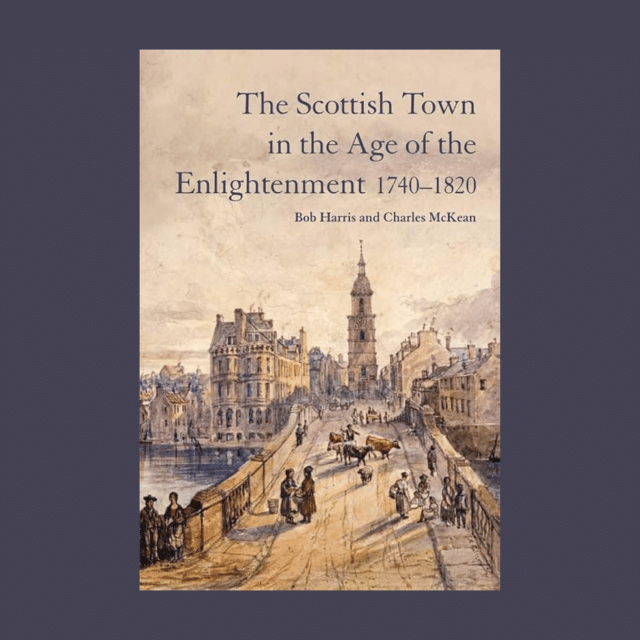
The Scottish Town in the Age of the Enlightenment 1740-1820
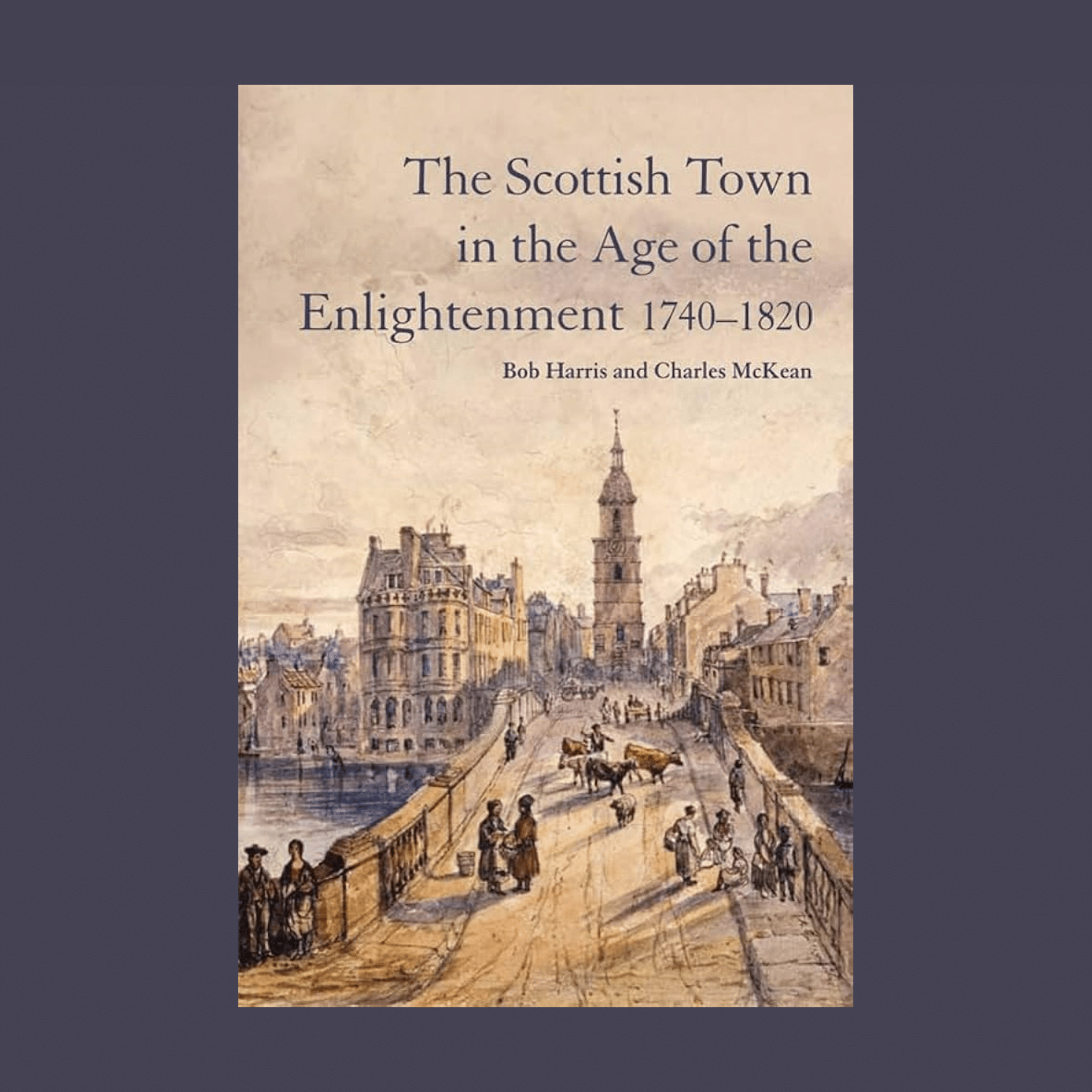
The Scottish Town in the Age of the Enlightenment 1740-1820
By Professor Bob Harris, Harry Pitt Fellow & Tutor in Modern History, and Charles McKean
This heavily illustrated and innovative study is founded upon personal documents, town council minutes, legal cases, inventories, travellers’ tales, plans and drawings relating to some 30 Scots burghs of the Georgian period. It establishes a distinctive history for the development of Scots burghs, their living patterns and legislative controls, and shows that the Scottish urban experience was quite different from other parts of Britain.
With population expansion, and economic and social improvement, Scots of the time experienced immense change both in terms of urban behaviour and the decay of ancient privileges and restrictions. This volume shows how the Scots Georgian burgh developed to become a powerfully controlled urban community, with disturbance deliberately designed out.
This is a collaborative history, melding together political, social, economic, urban and architectural histories, to achieve a comprehensive perspective on the nature of the Scottish Georgian town. Not so much a history by growth and numbers, this pioneering study of Scottish urbanization explores the type of change and the quality of result.









